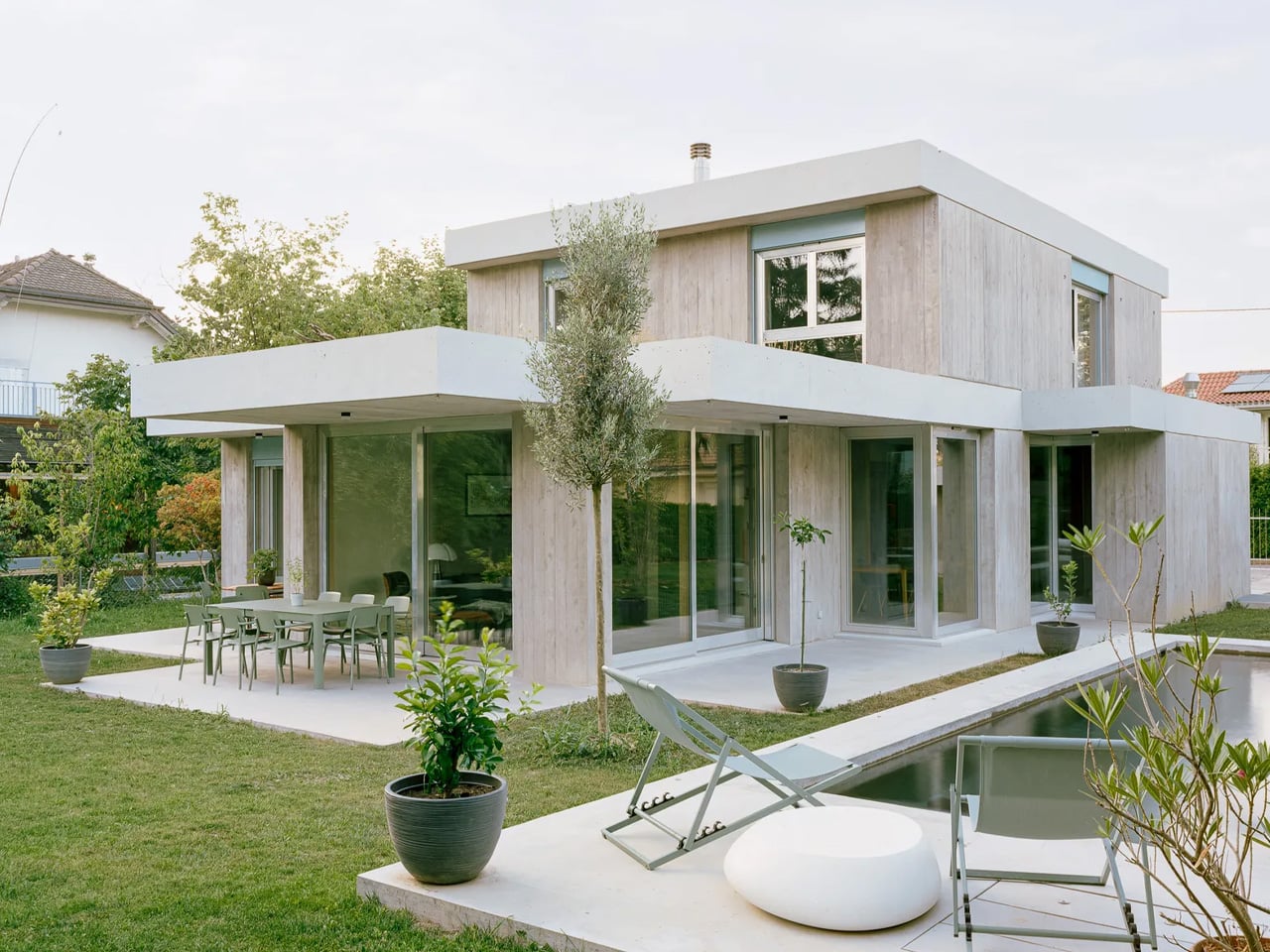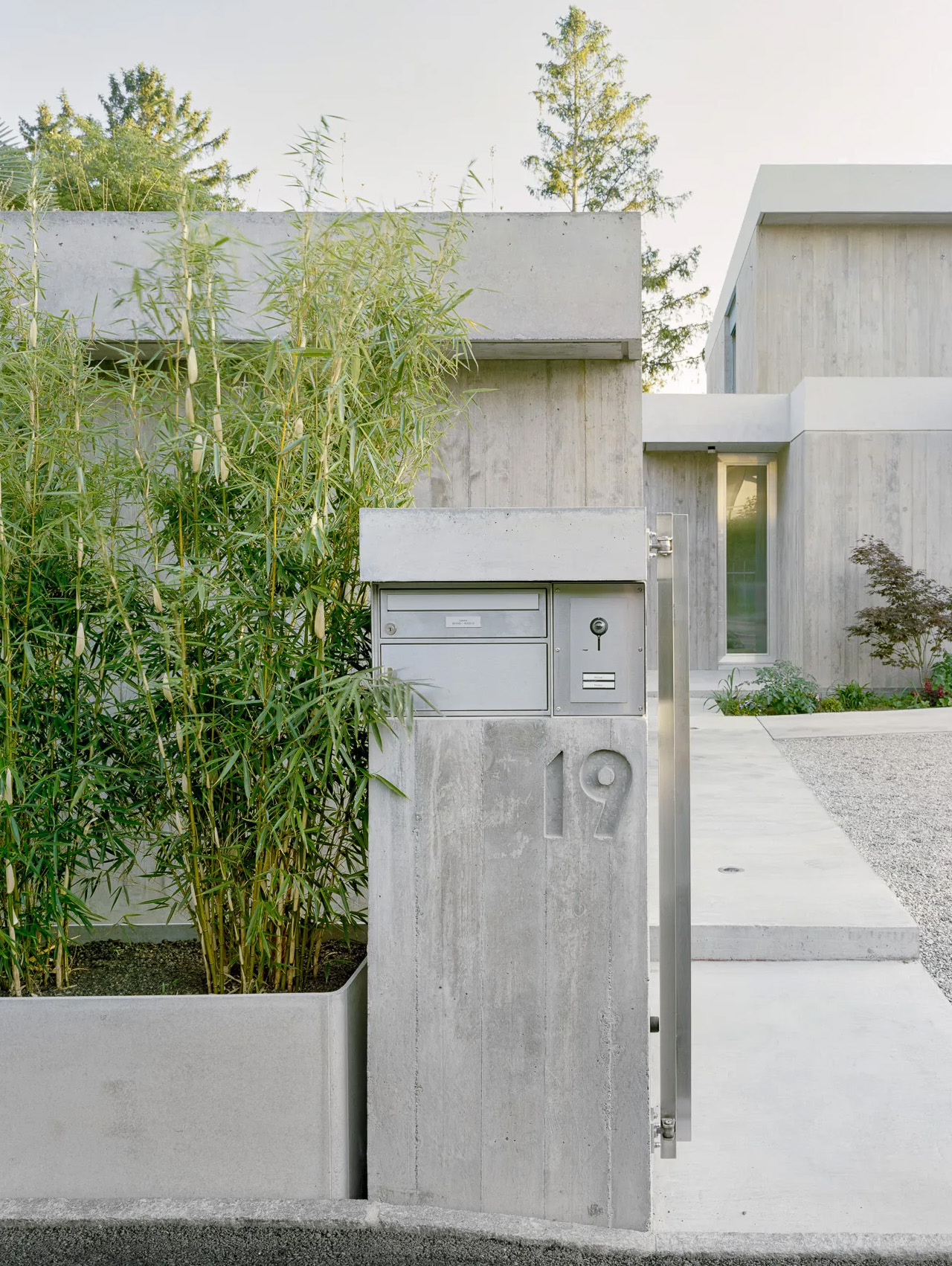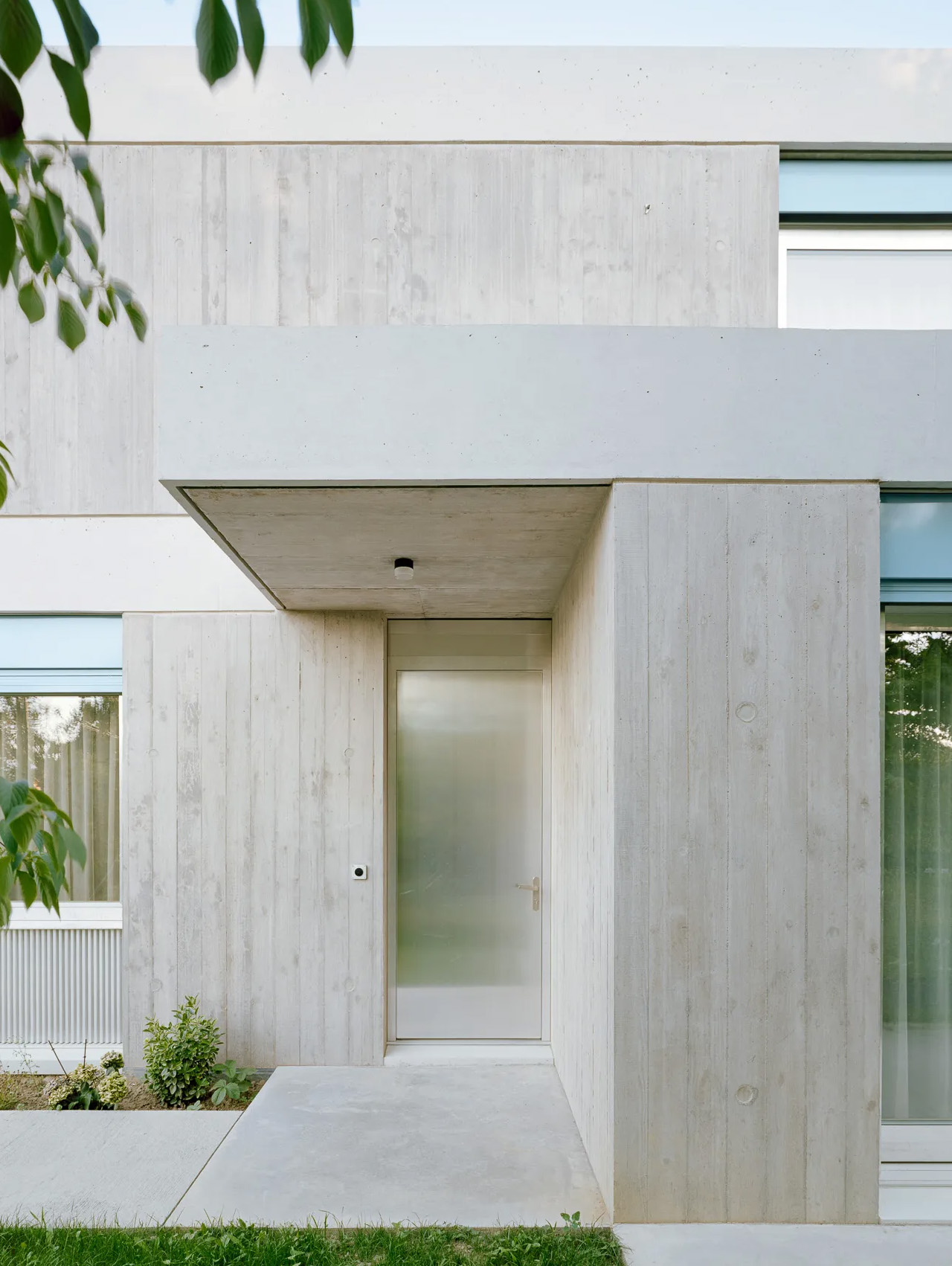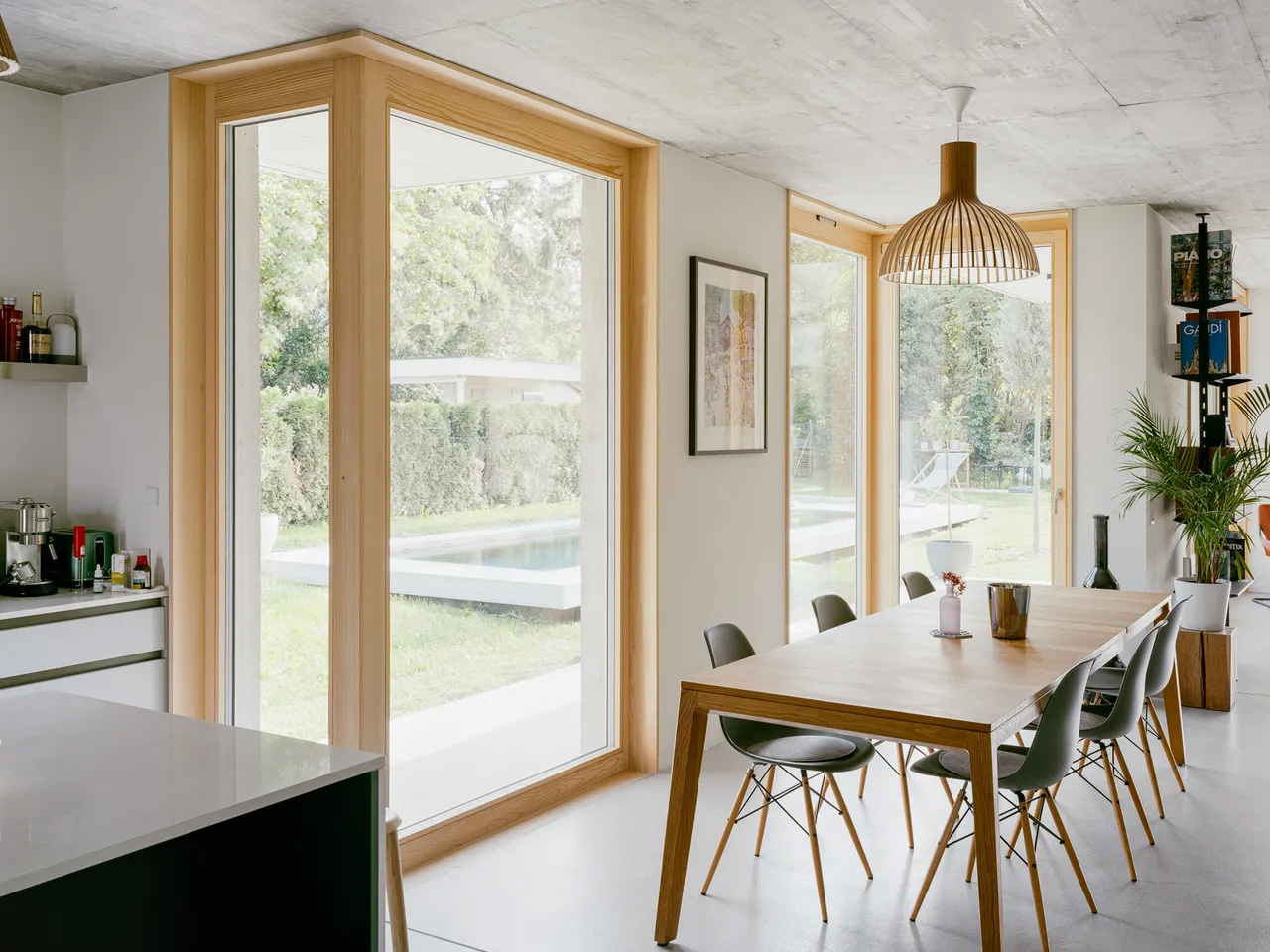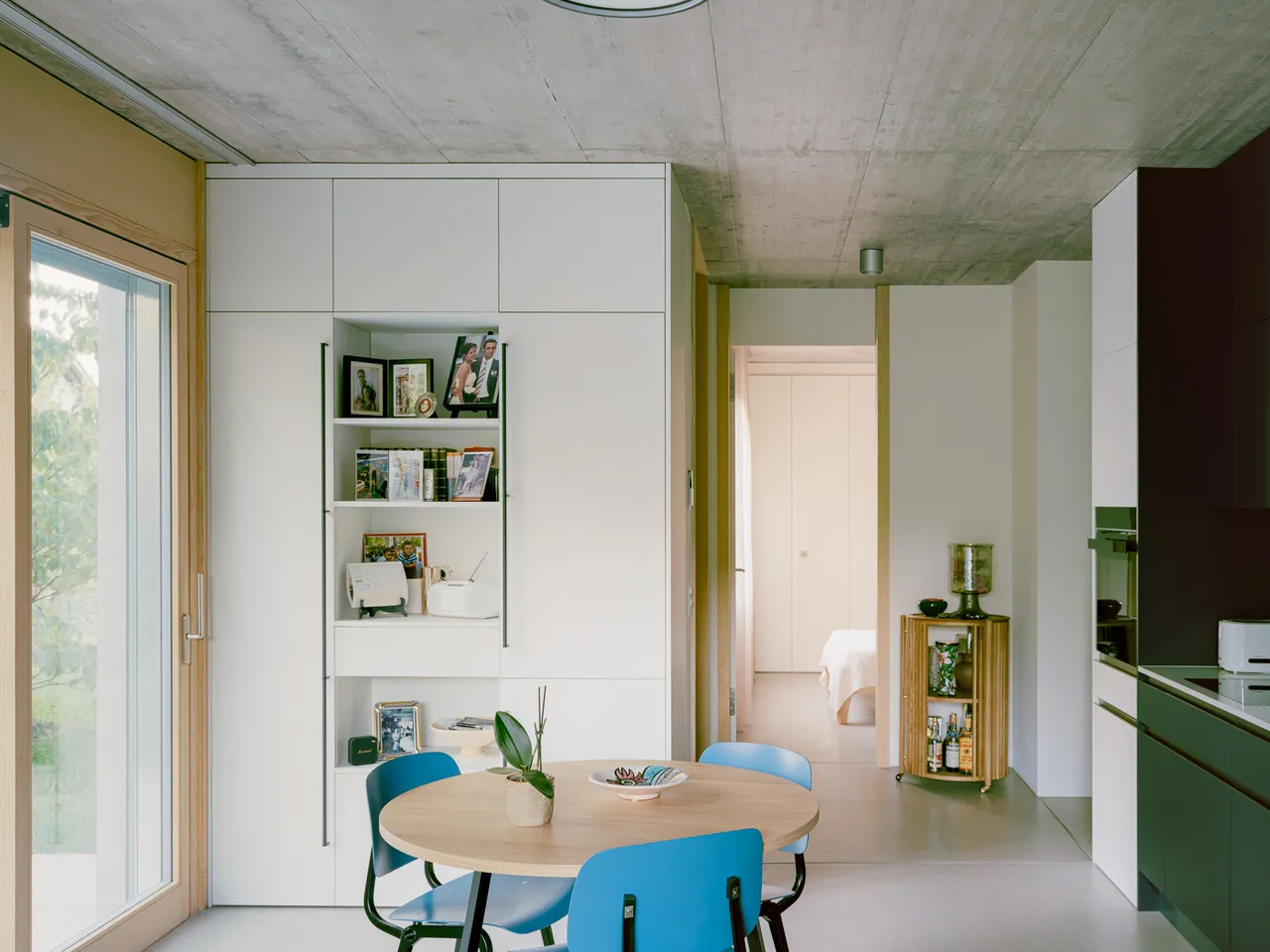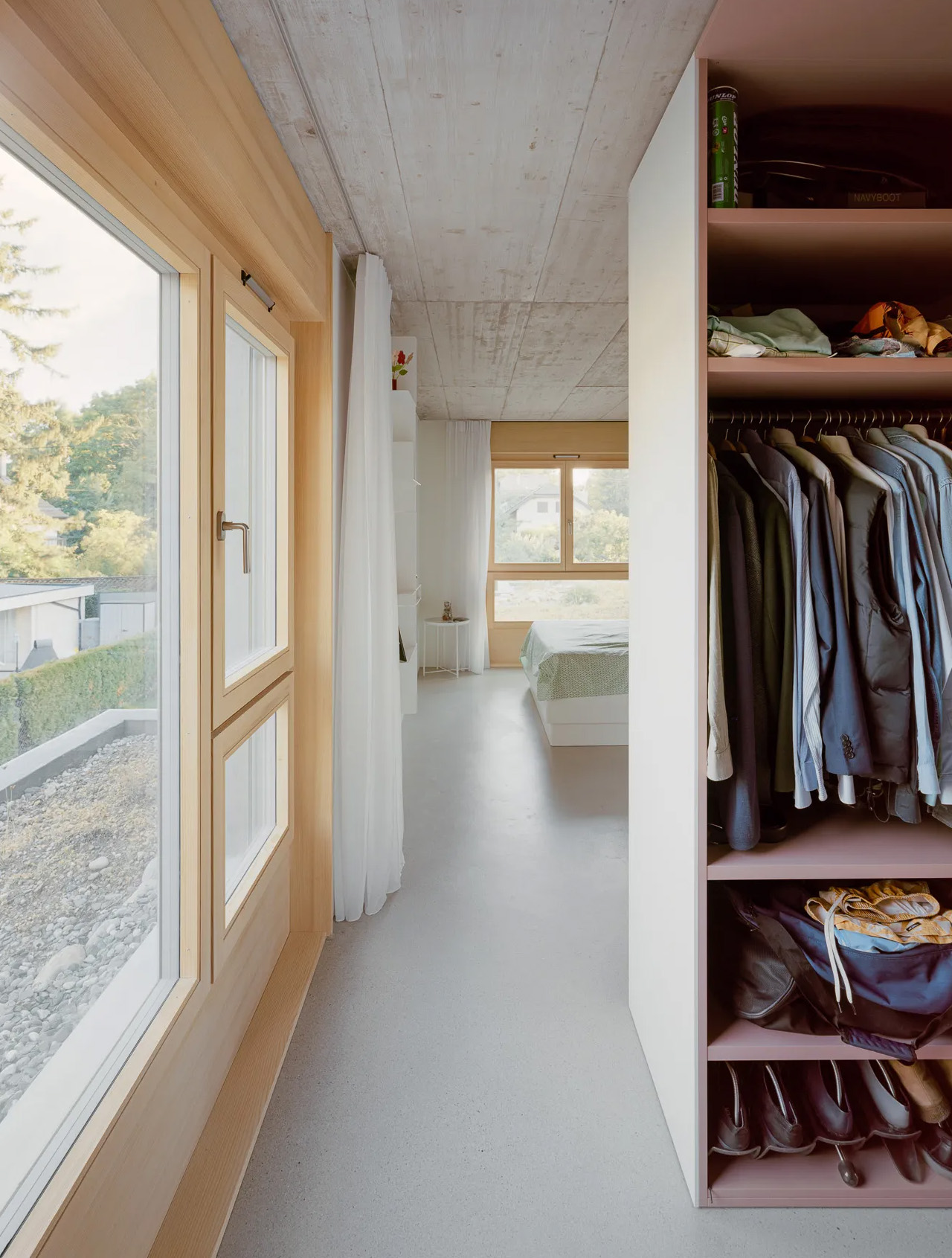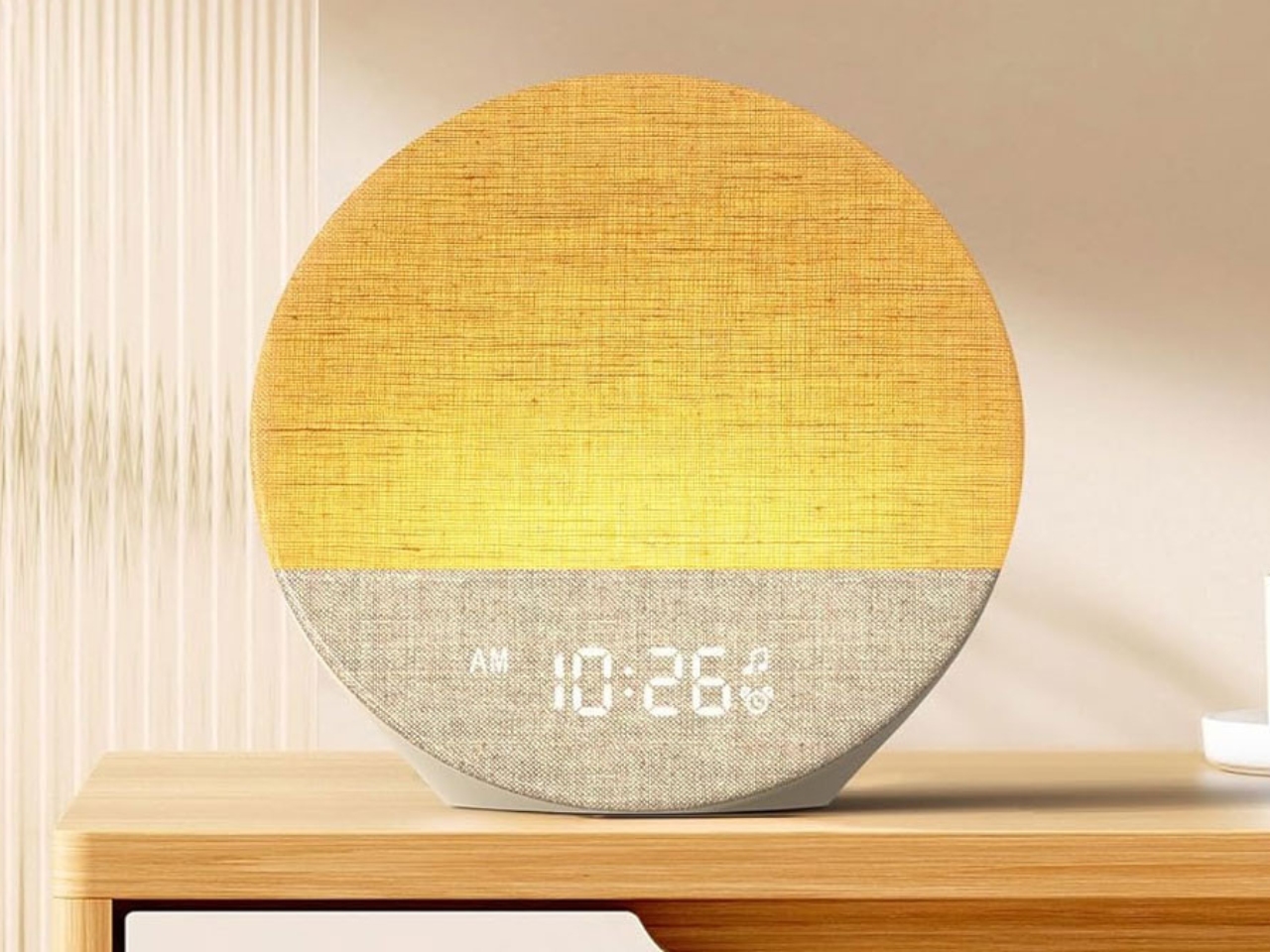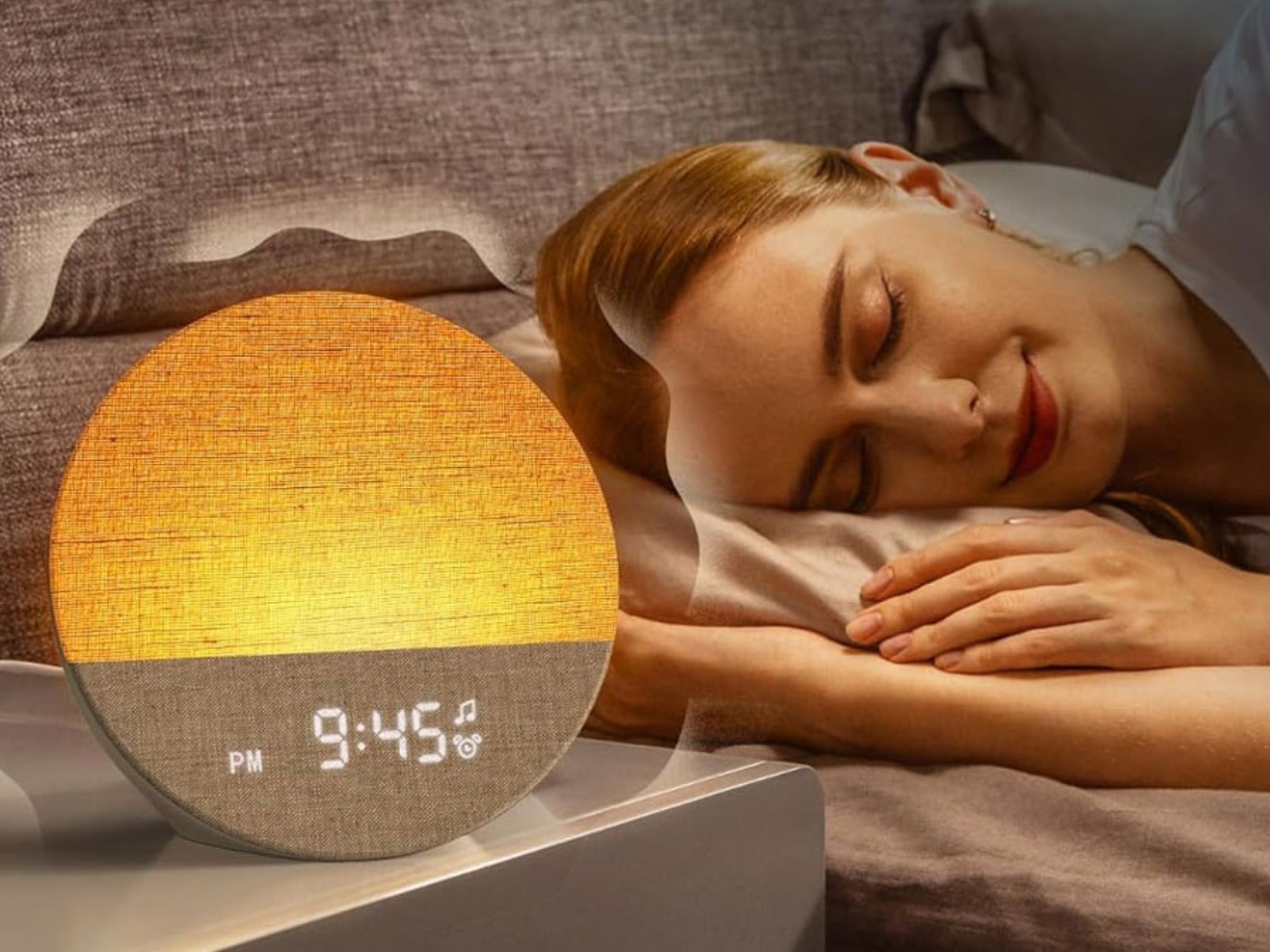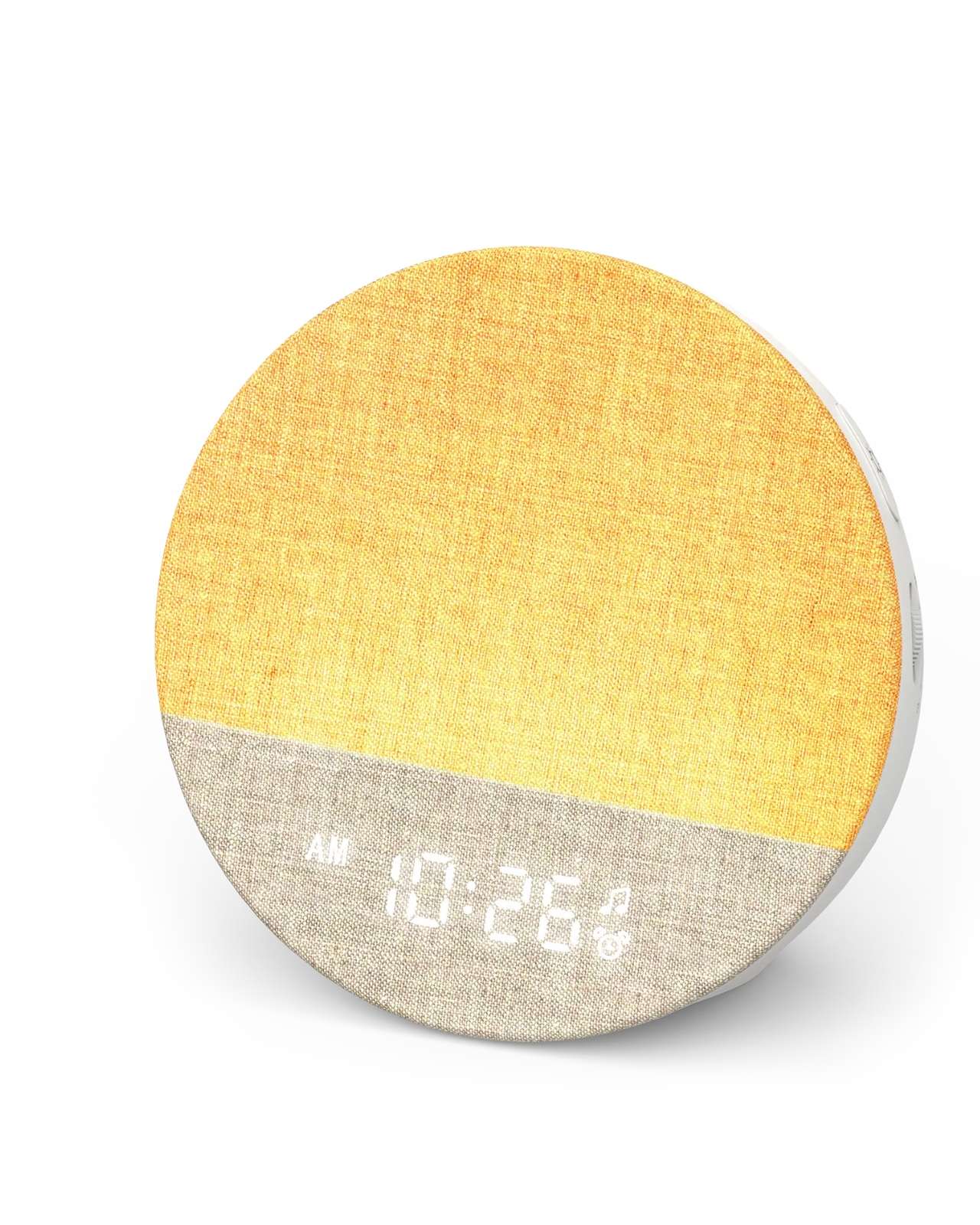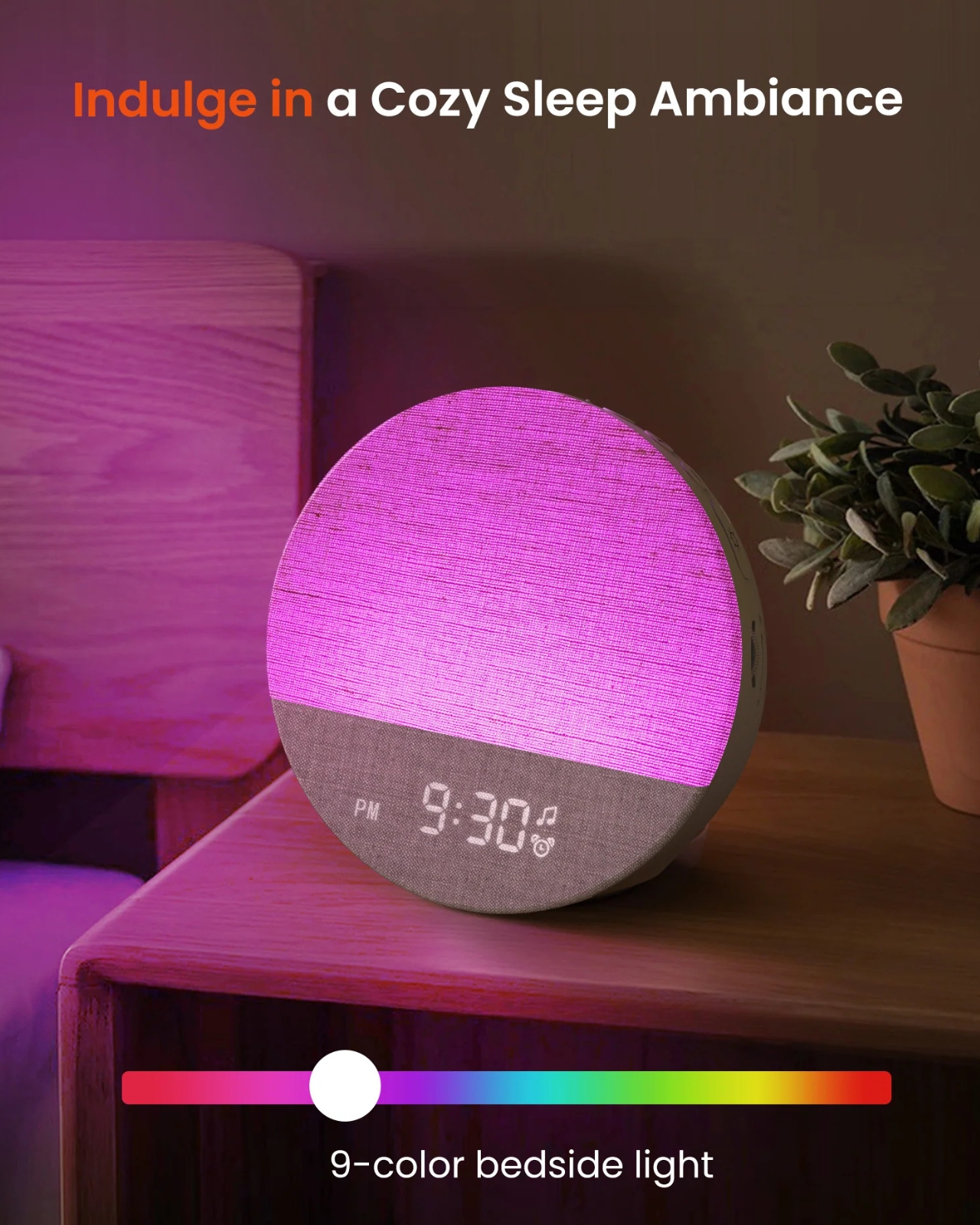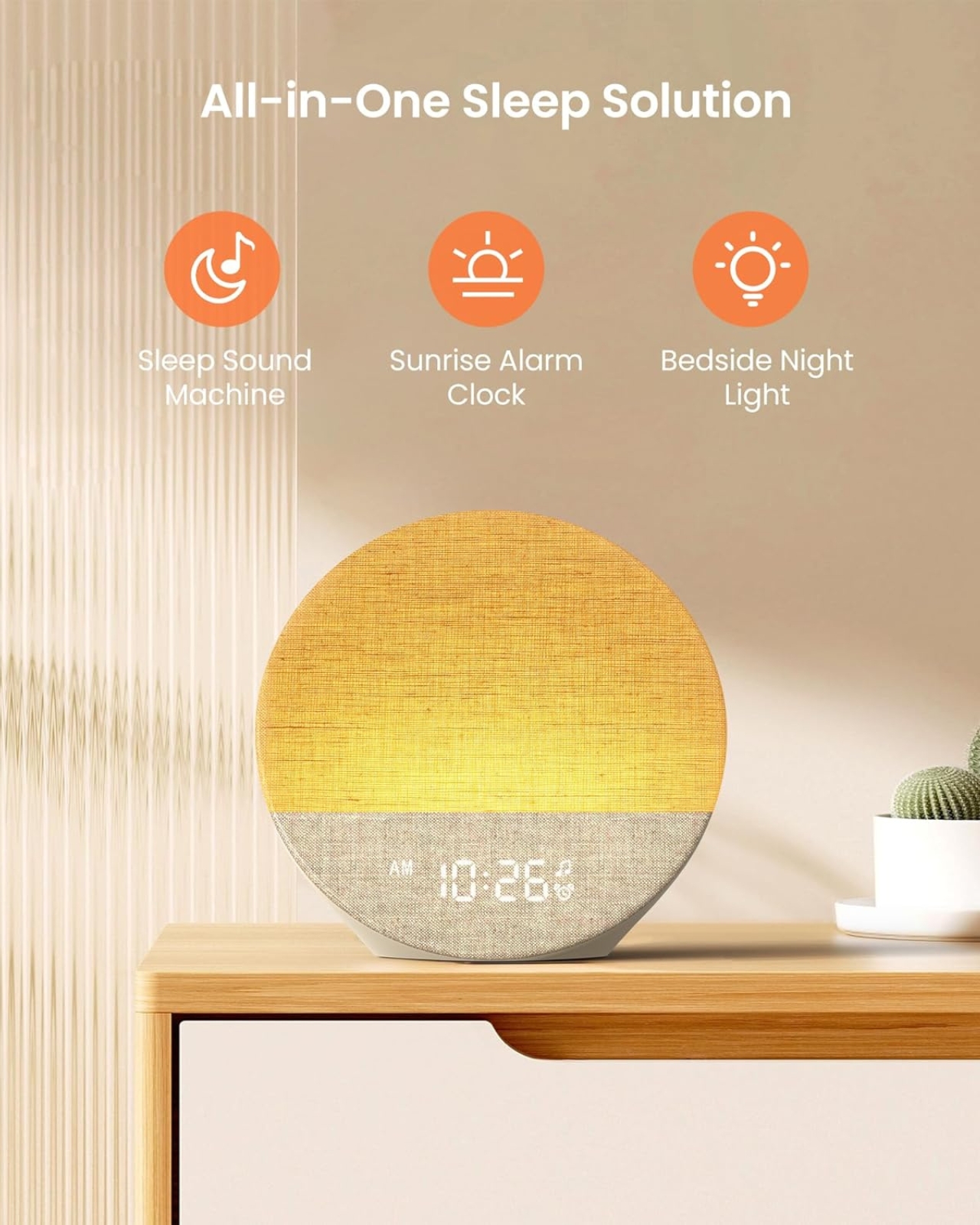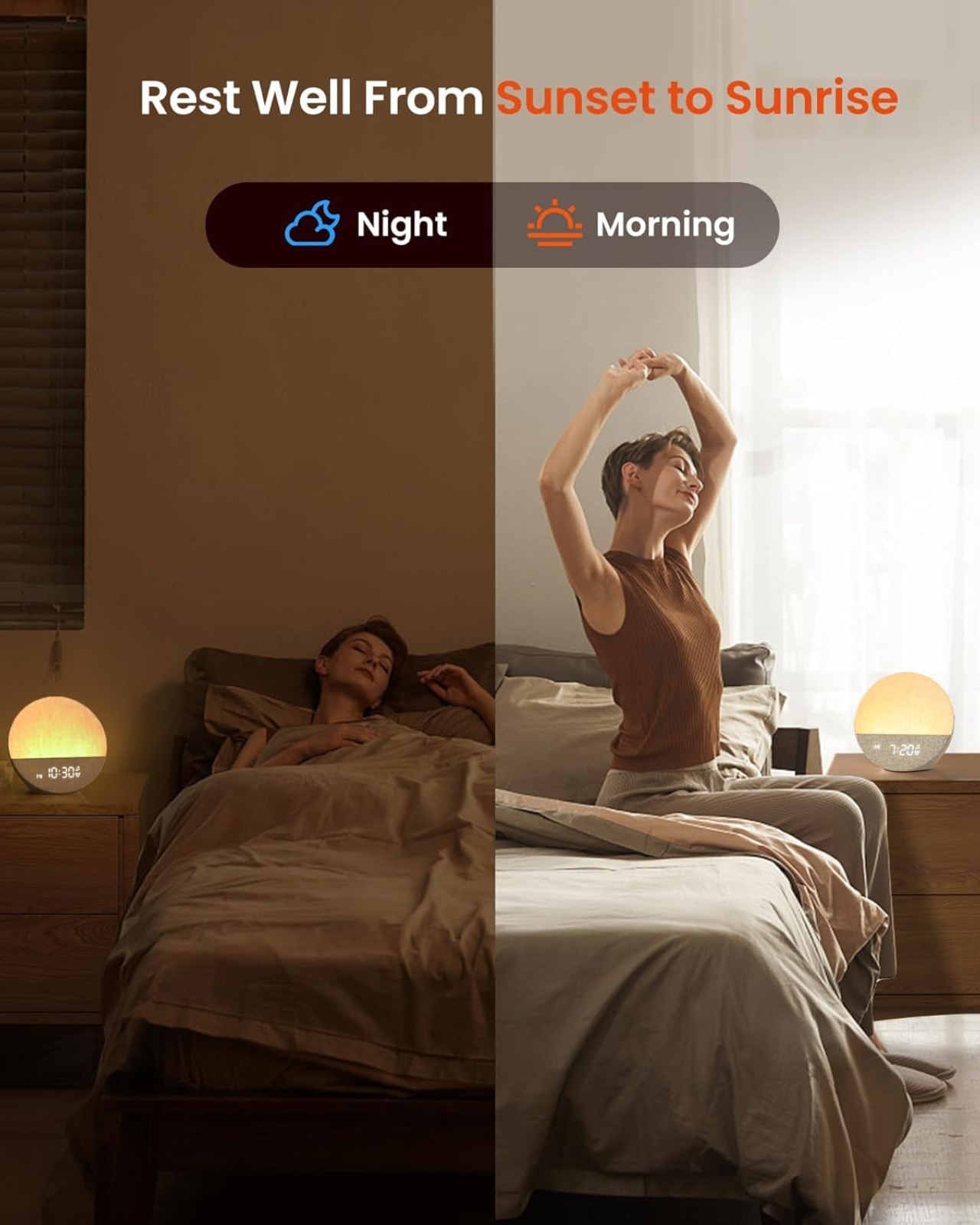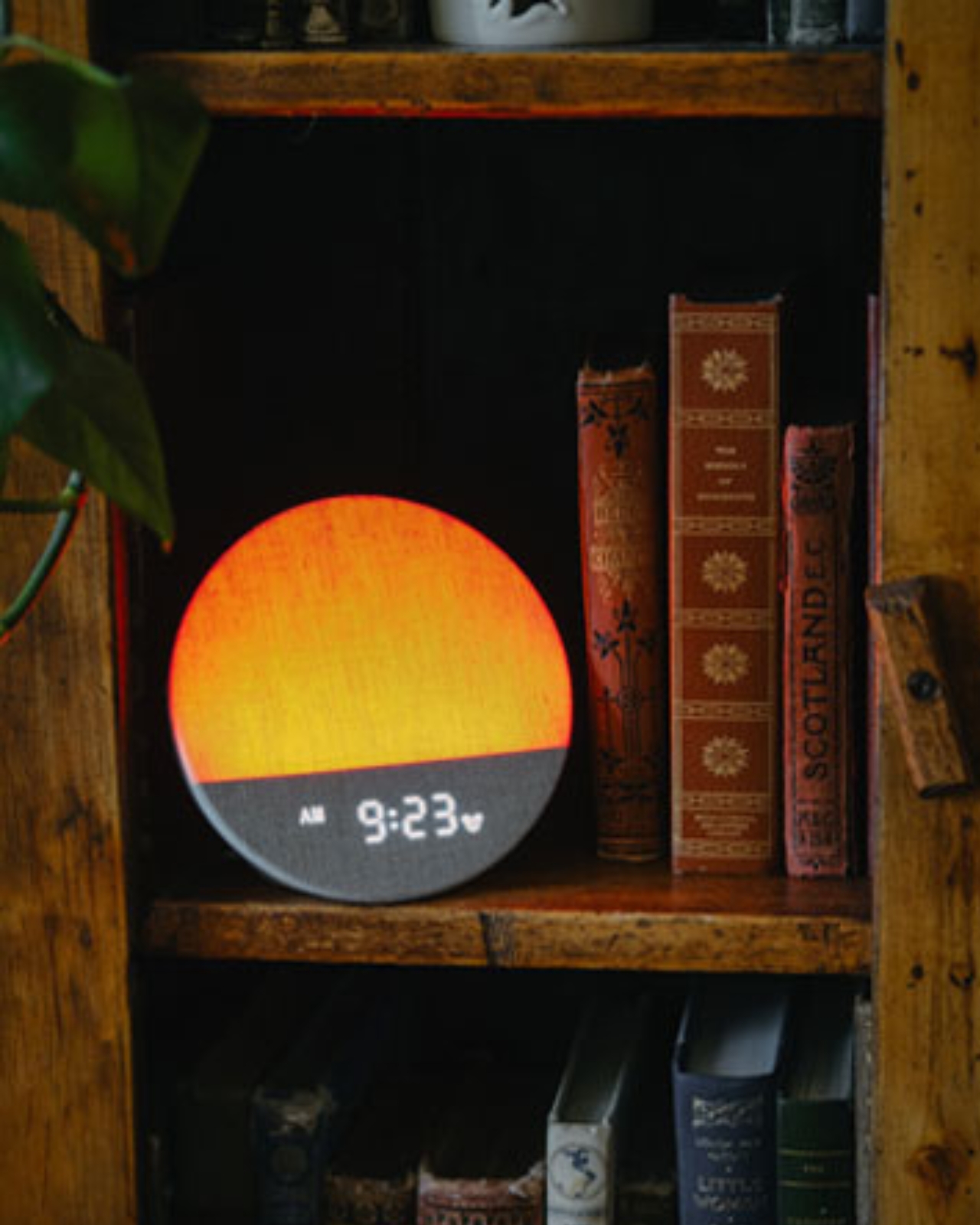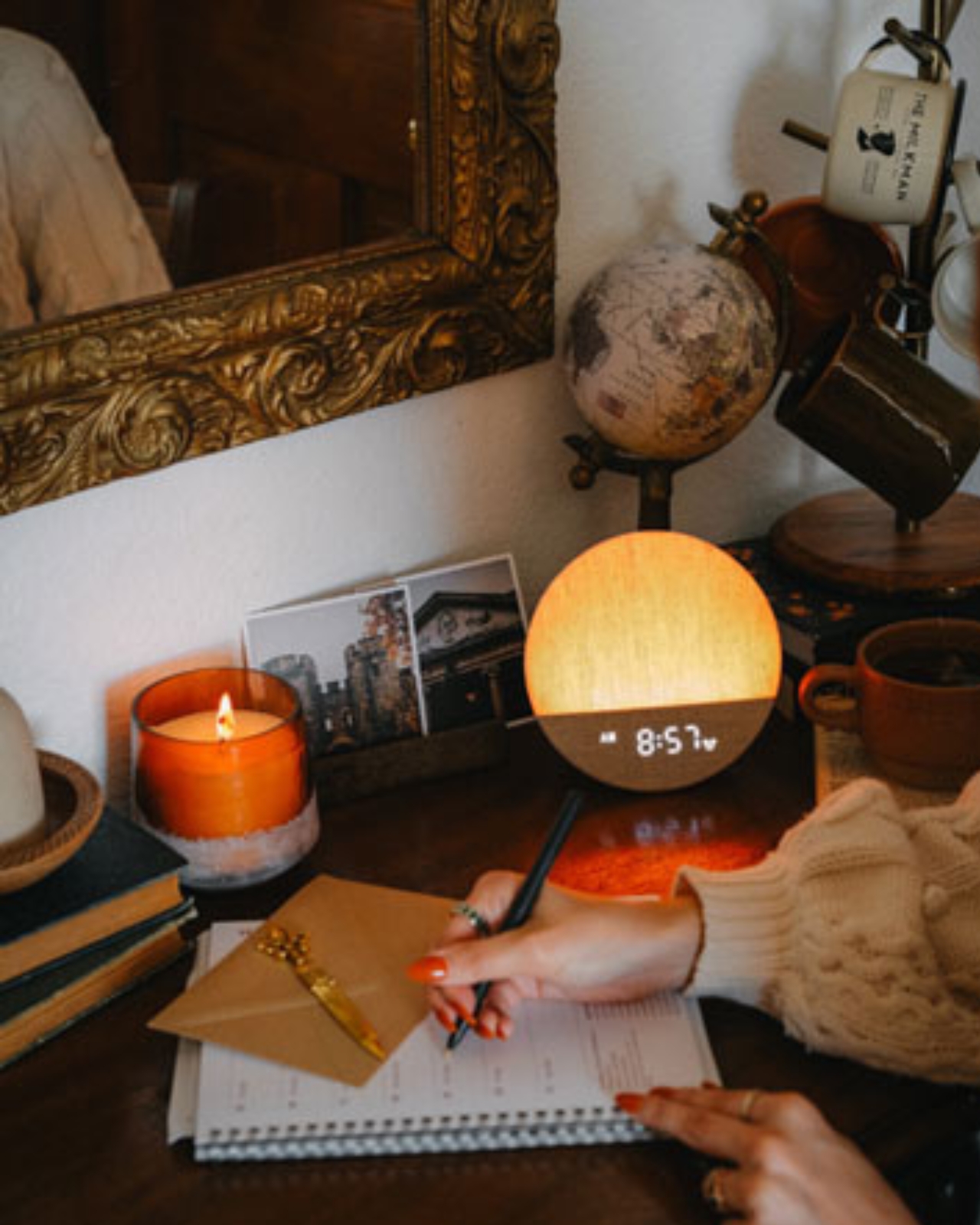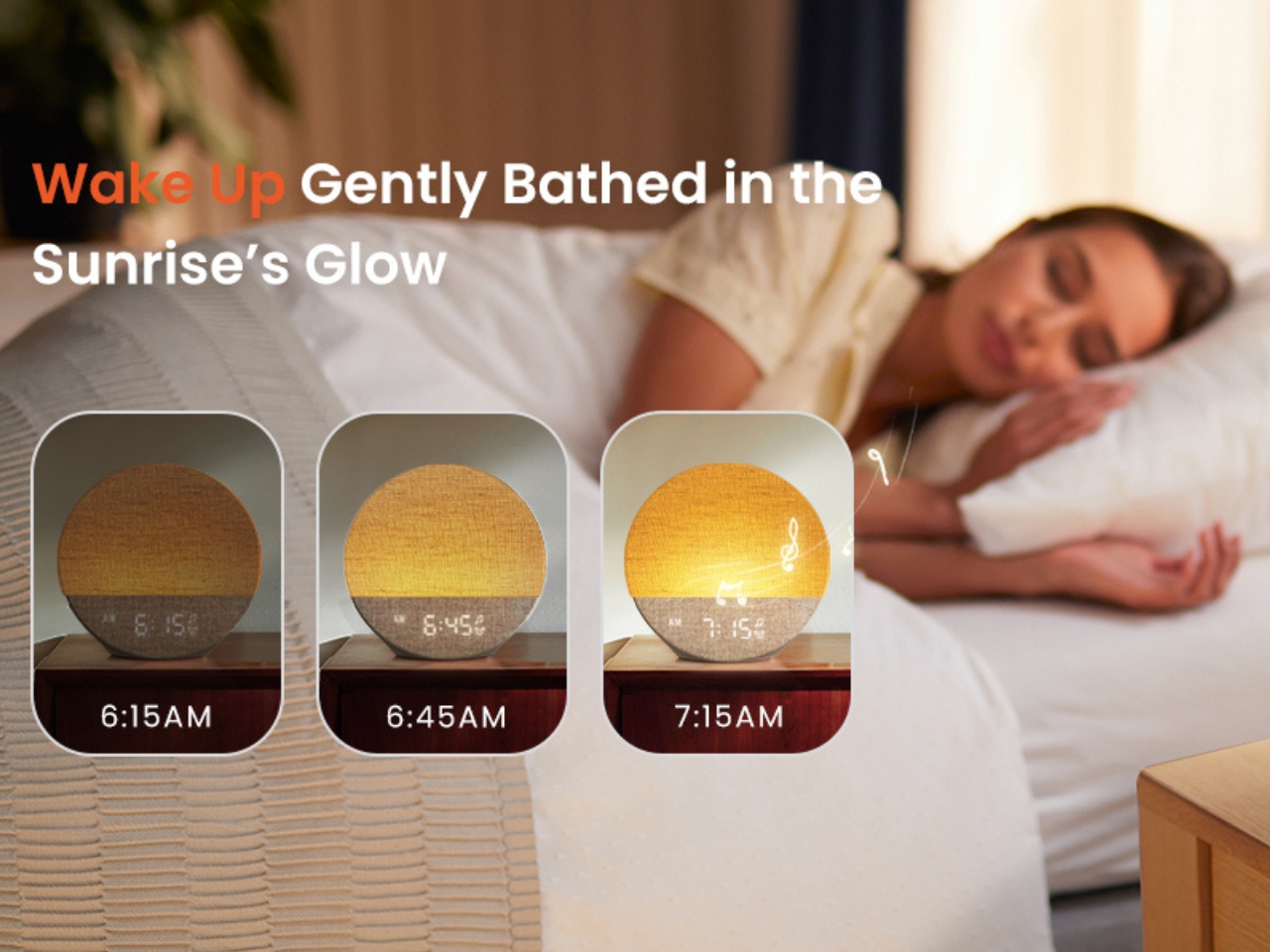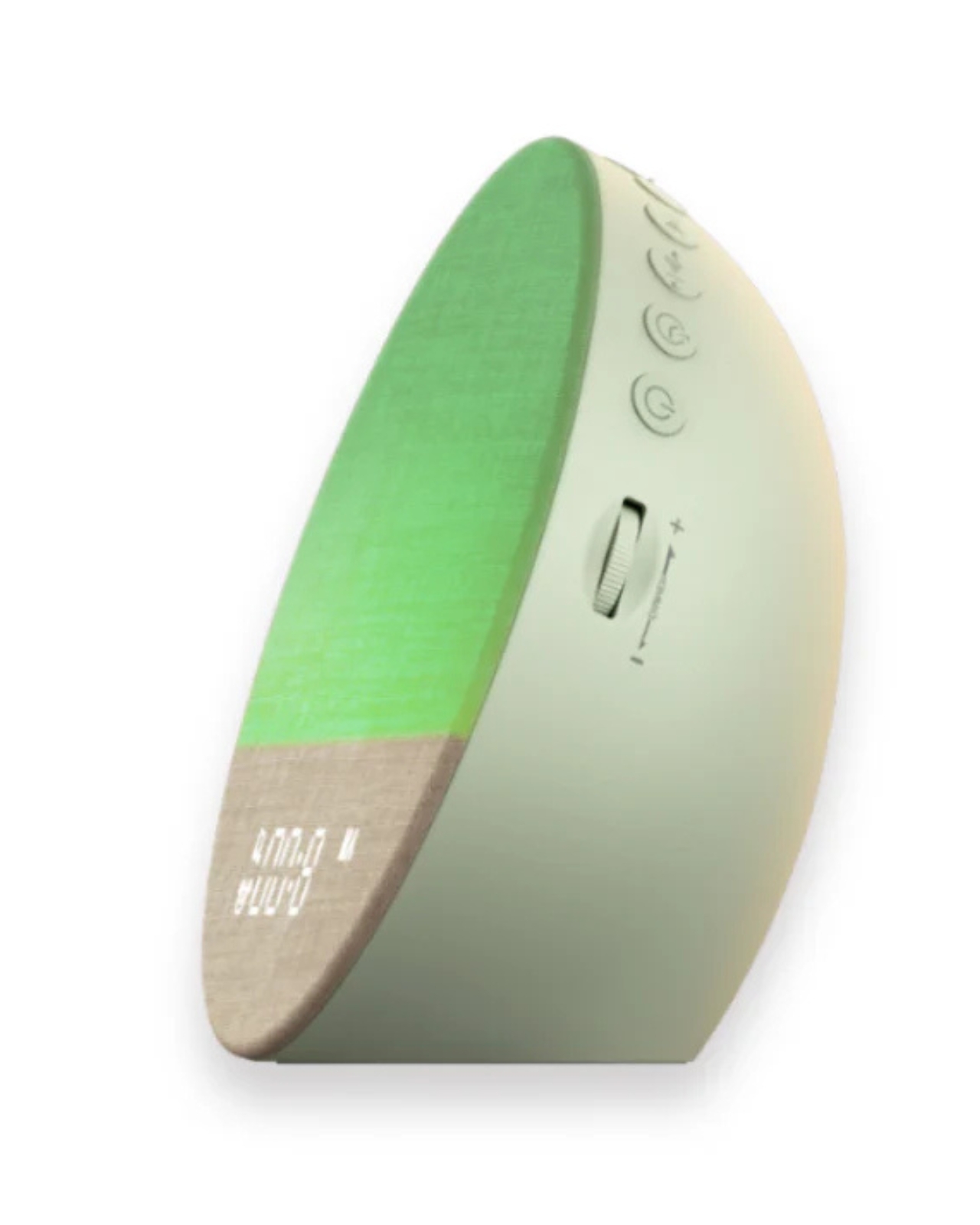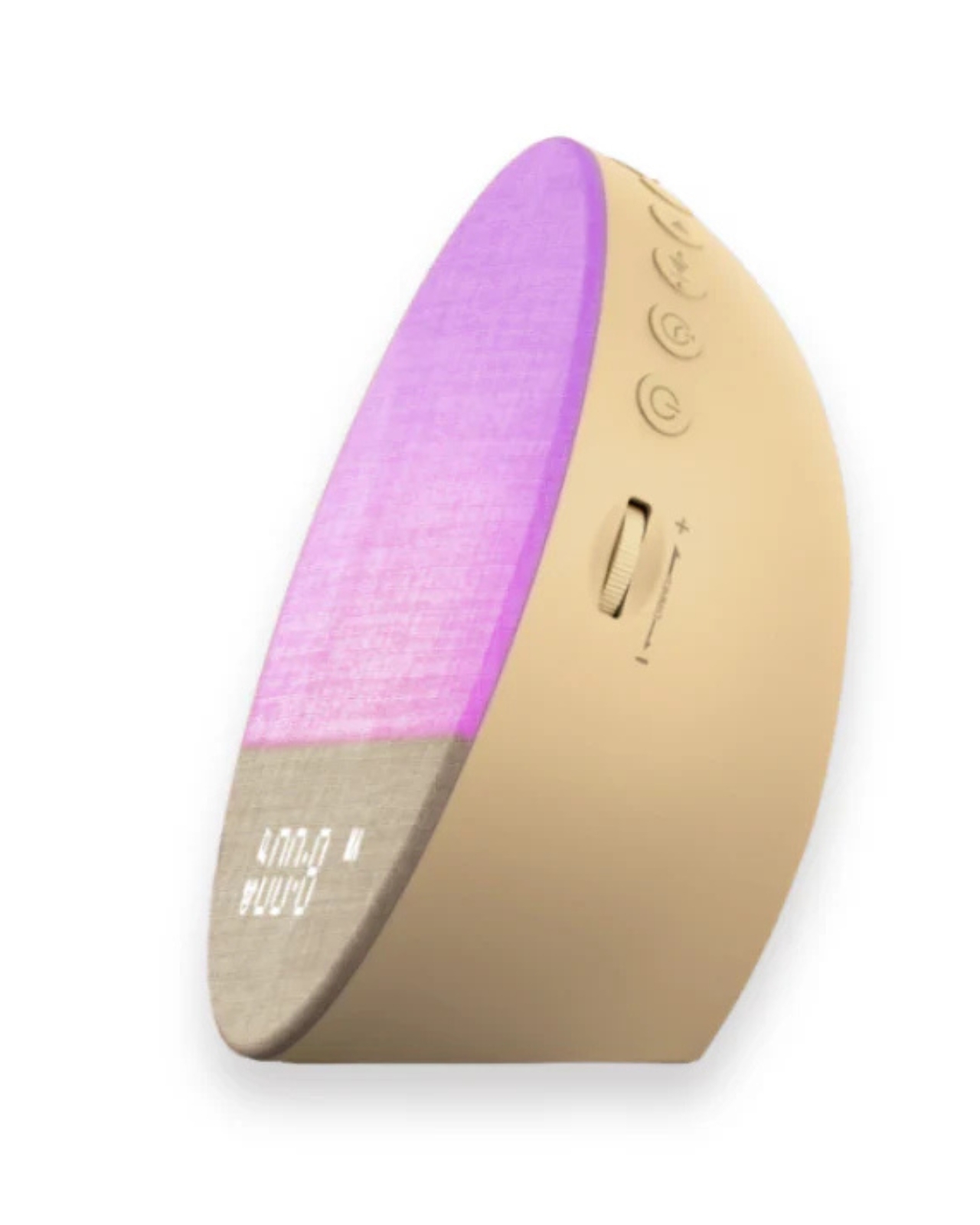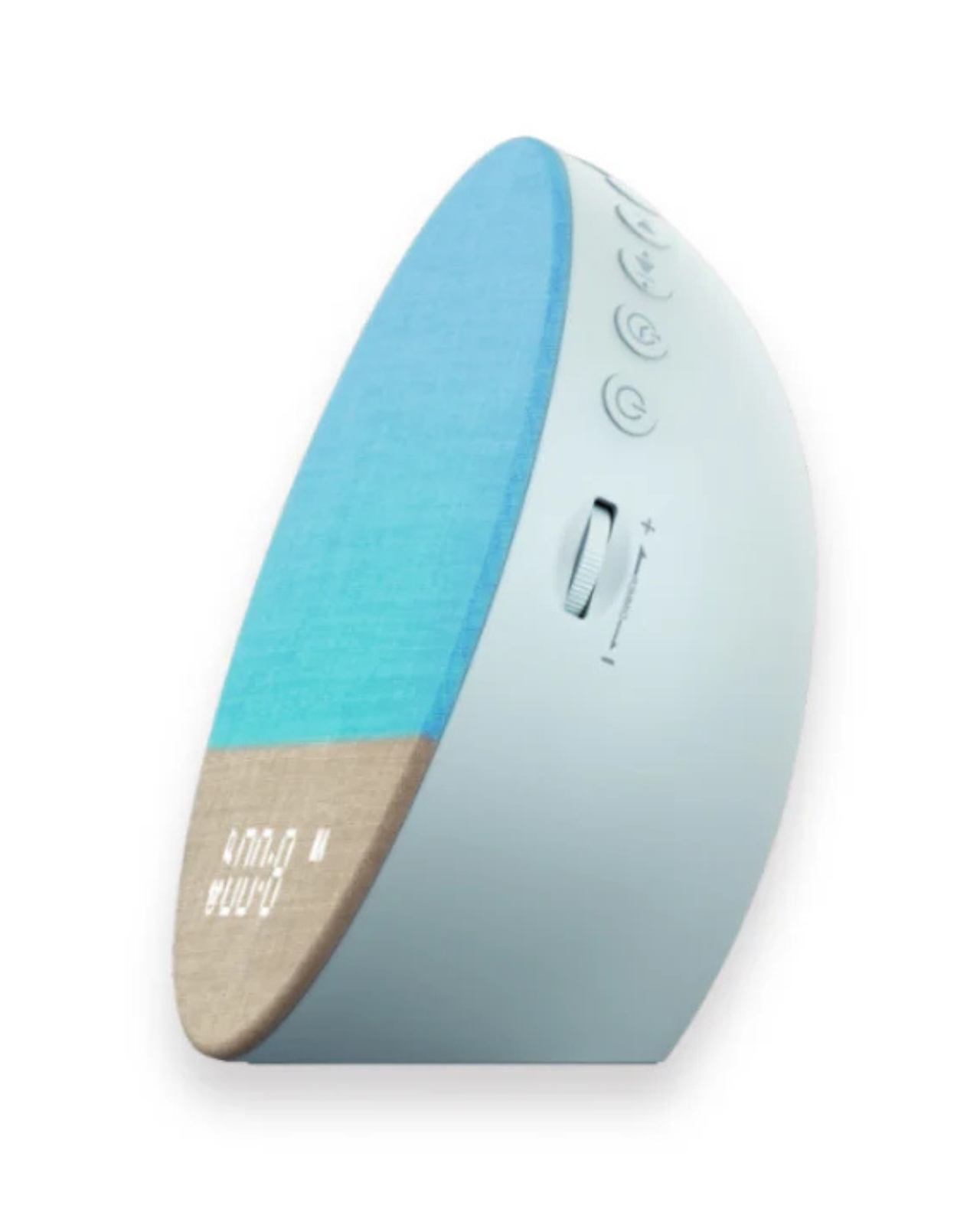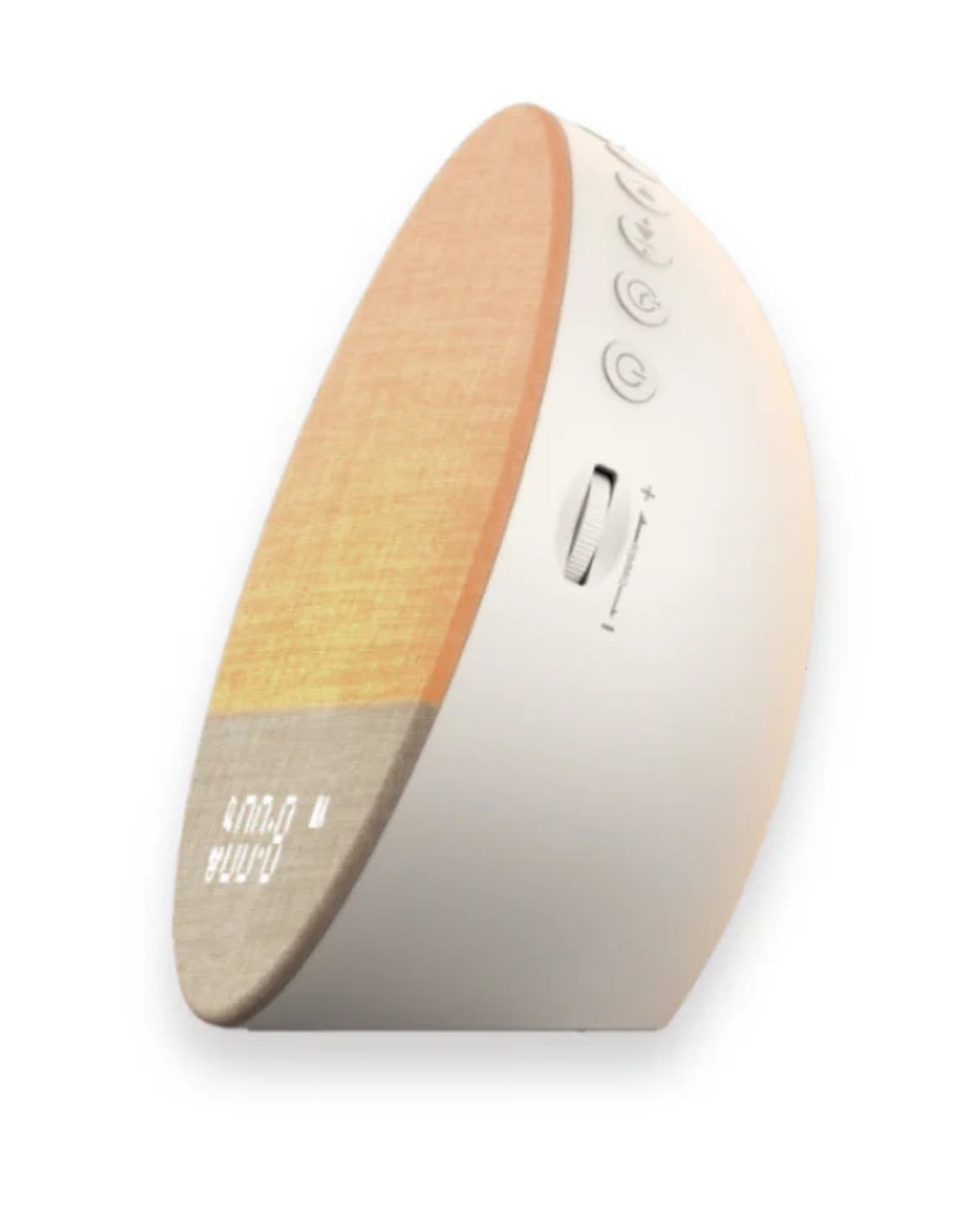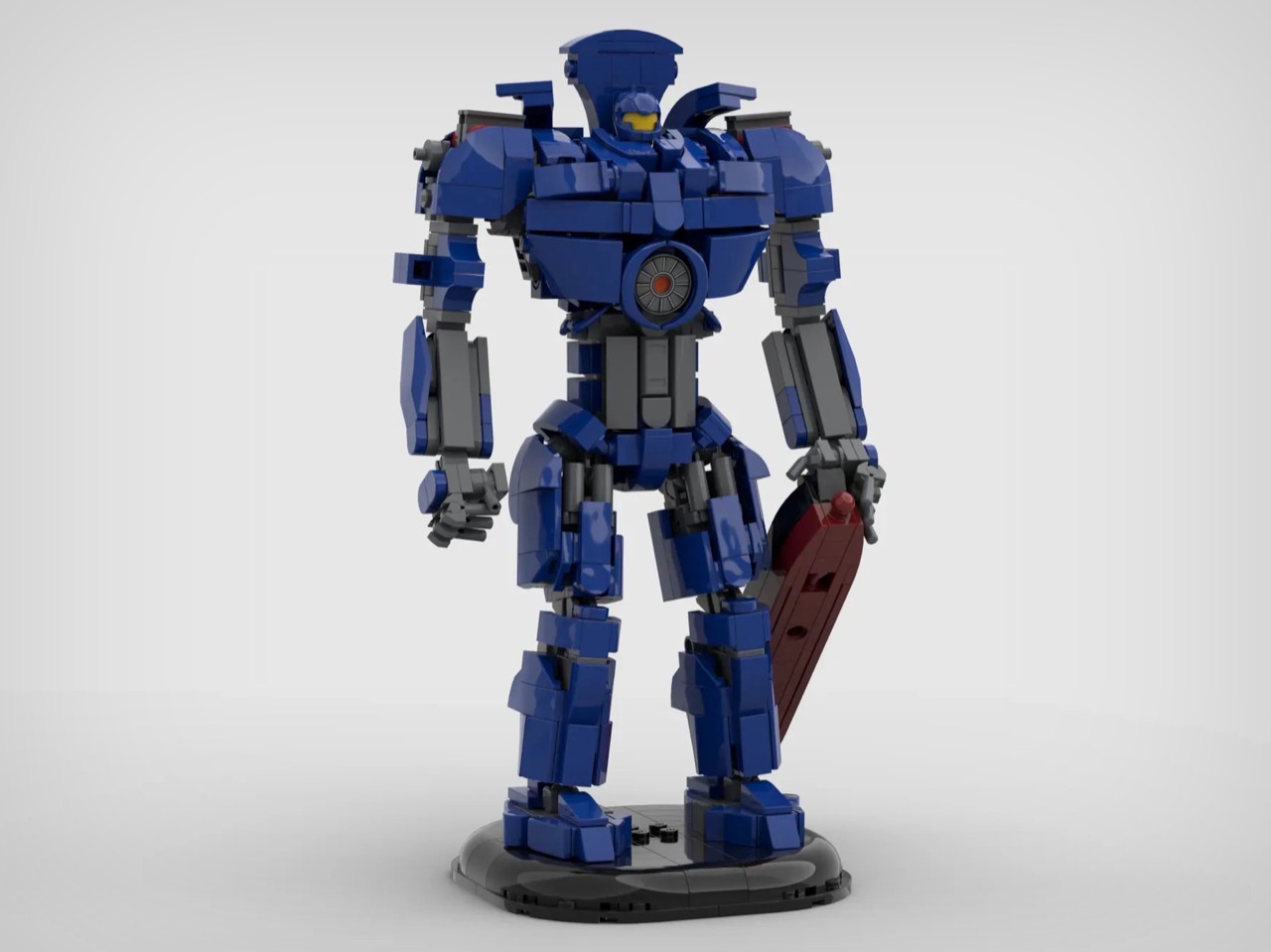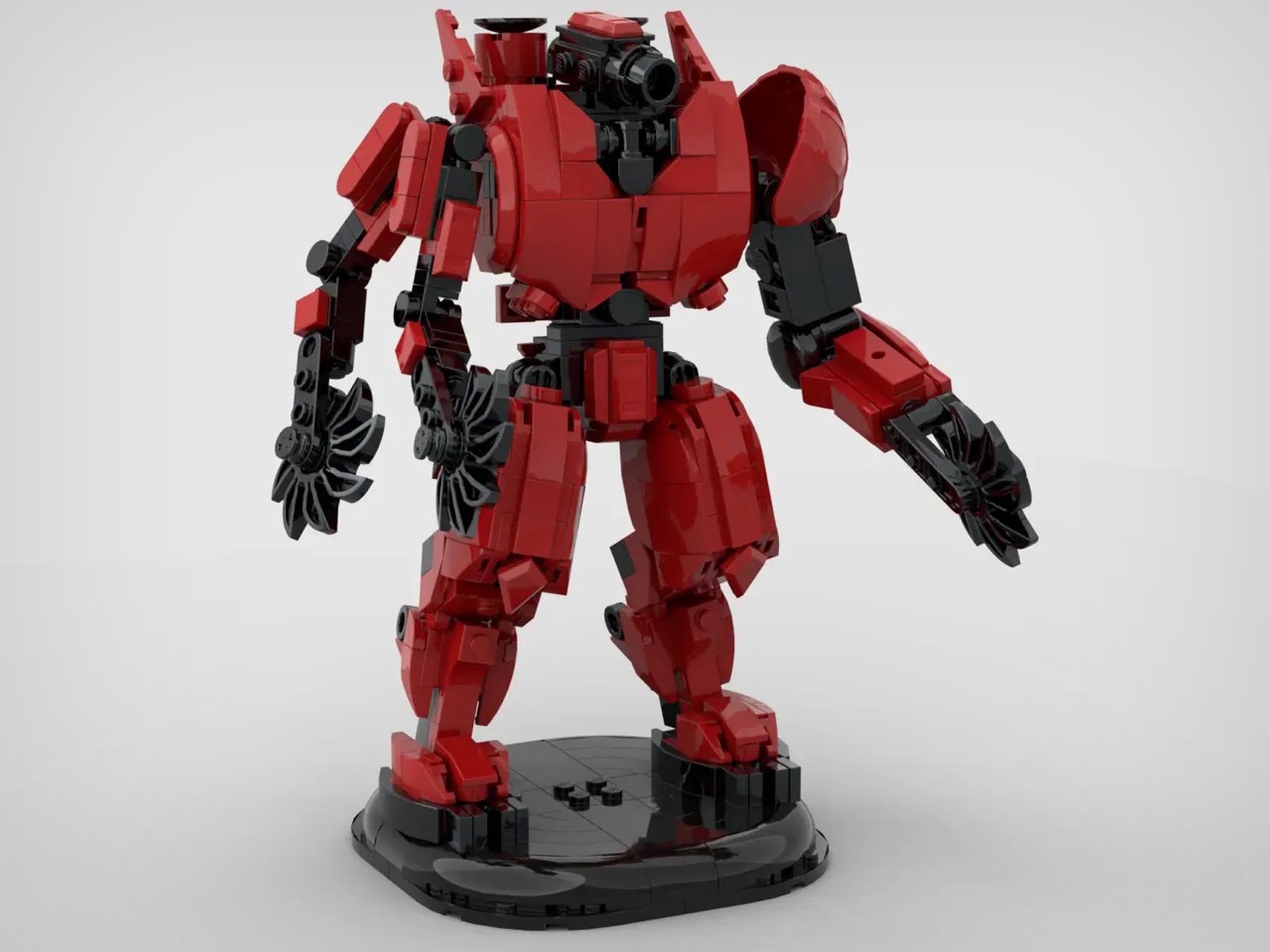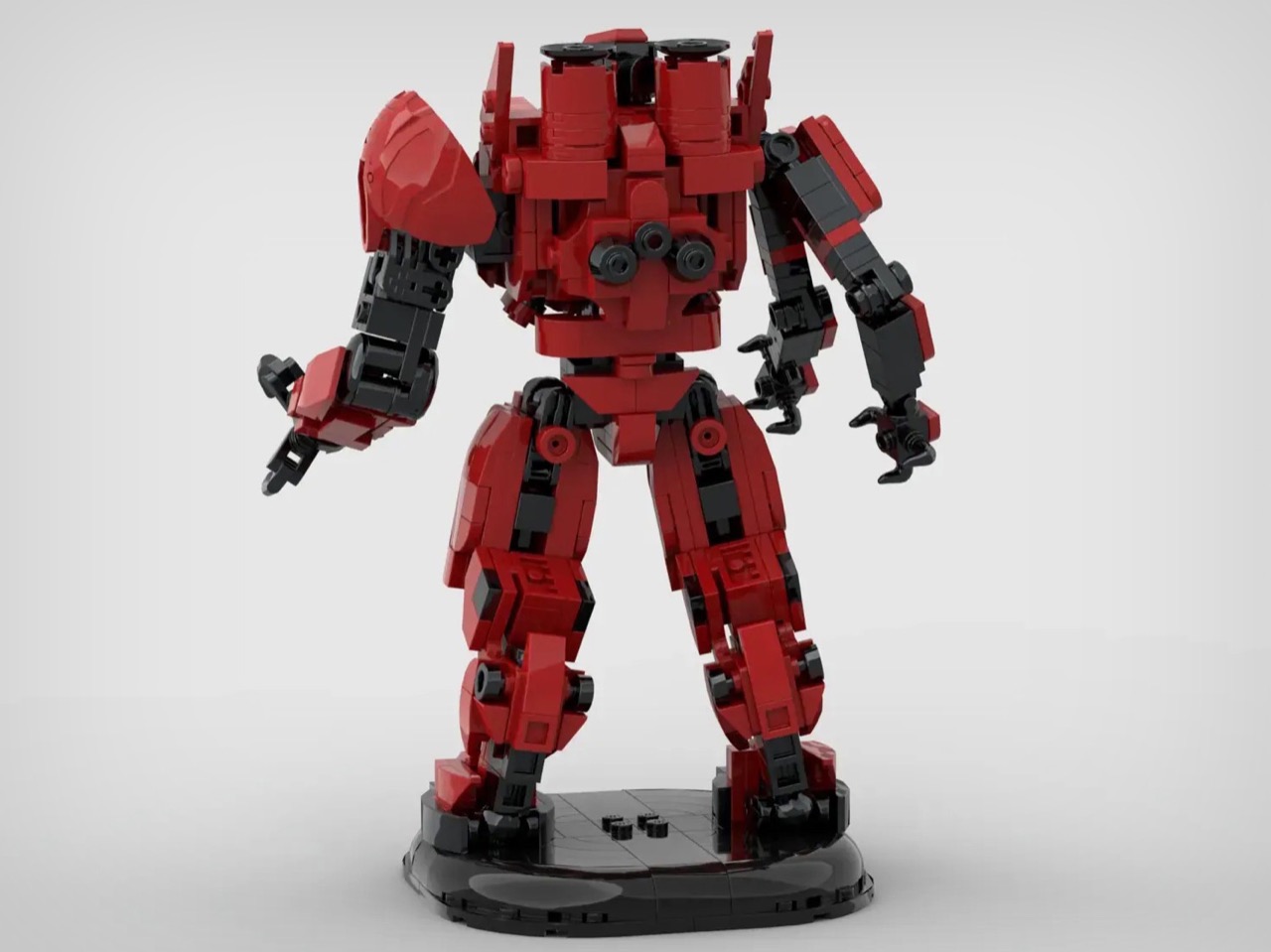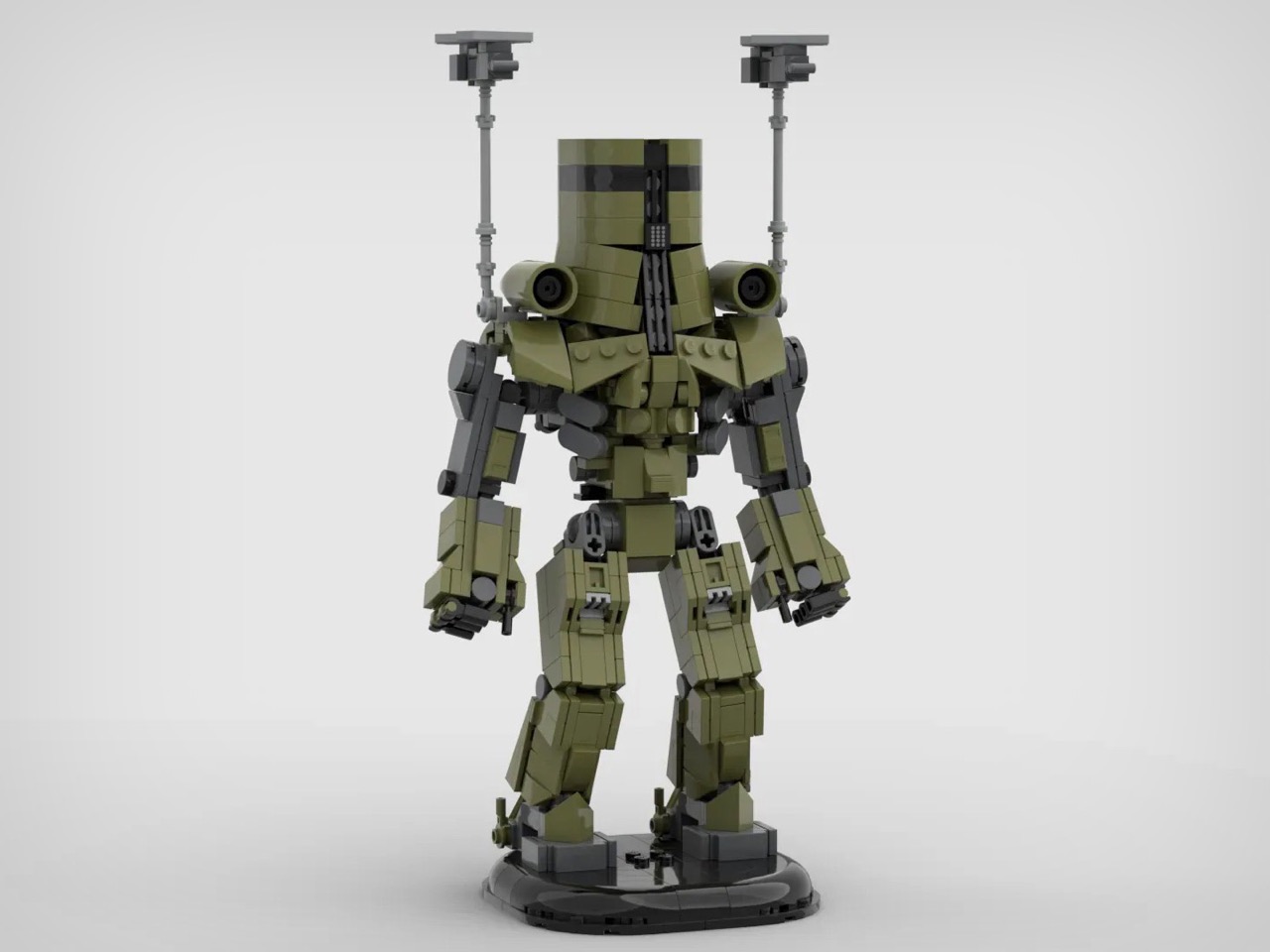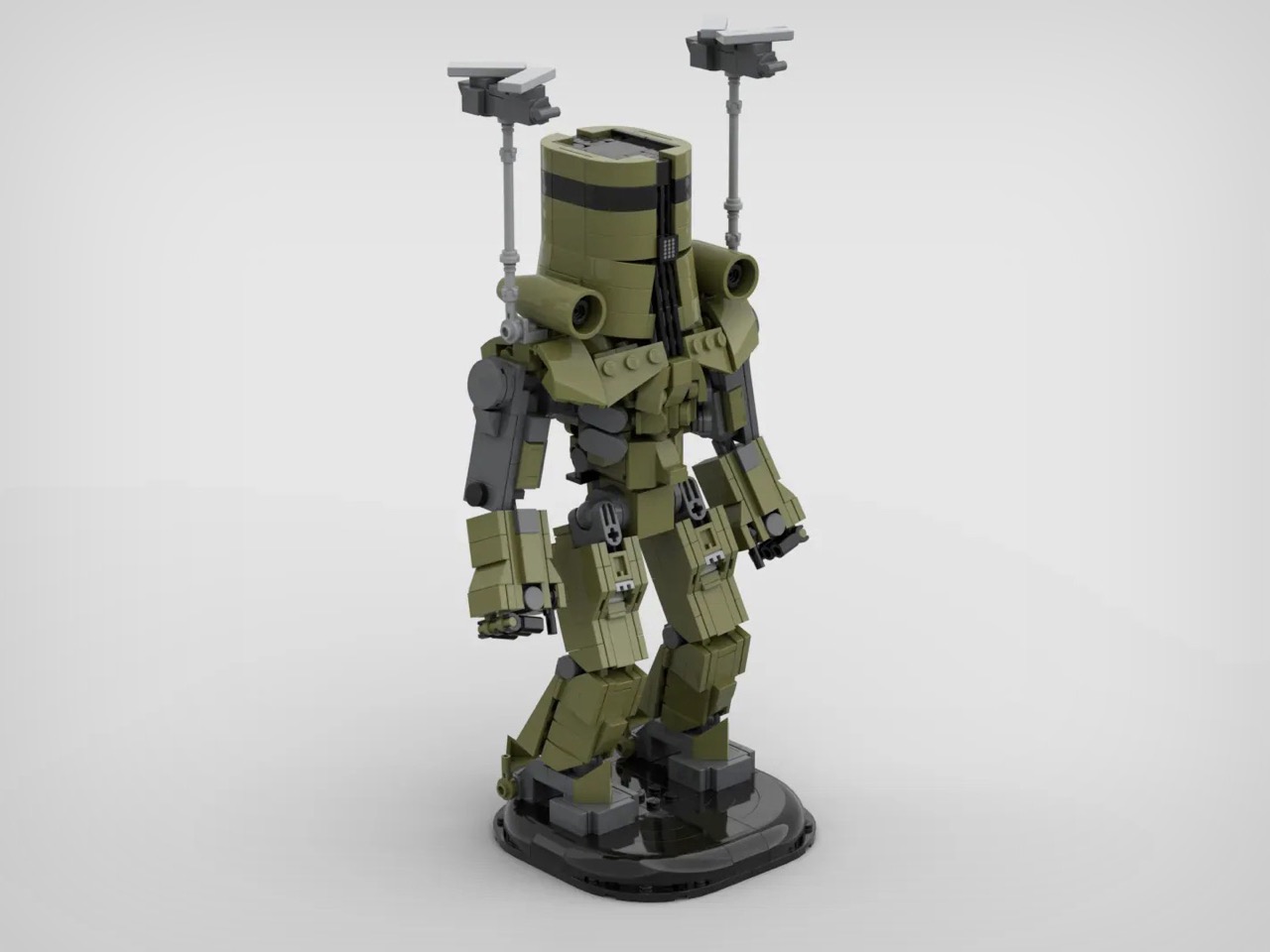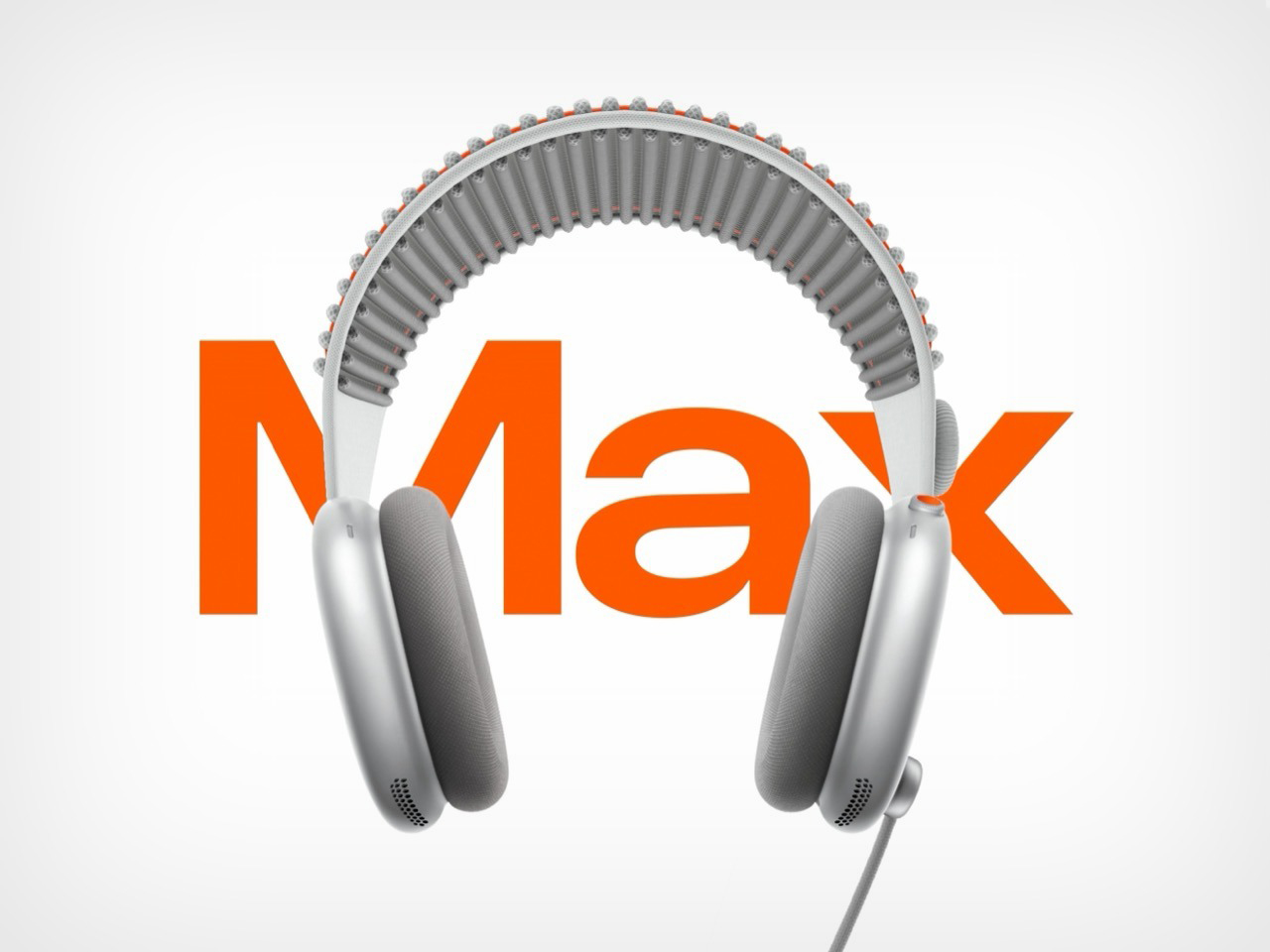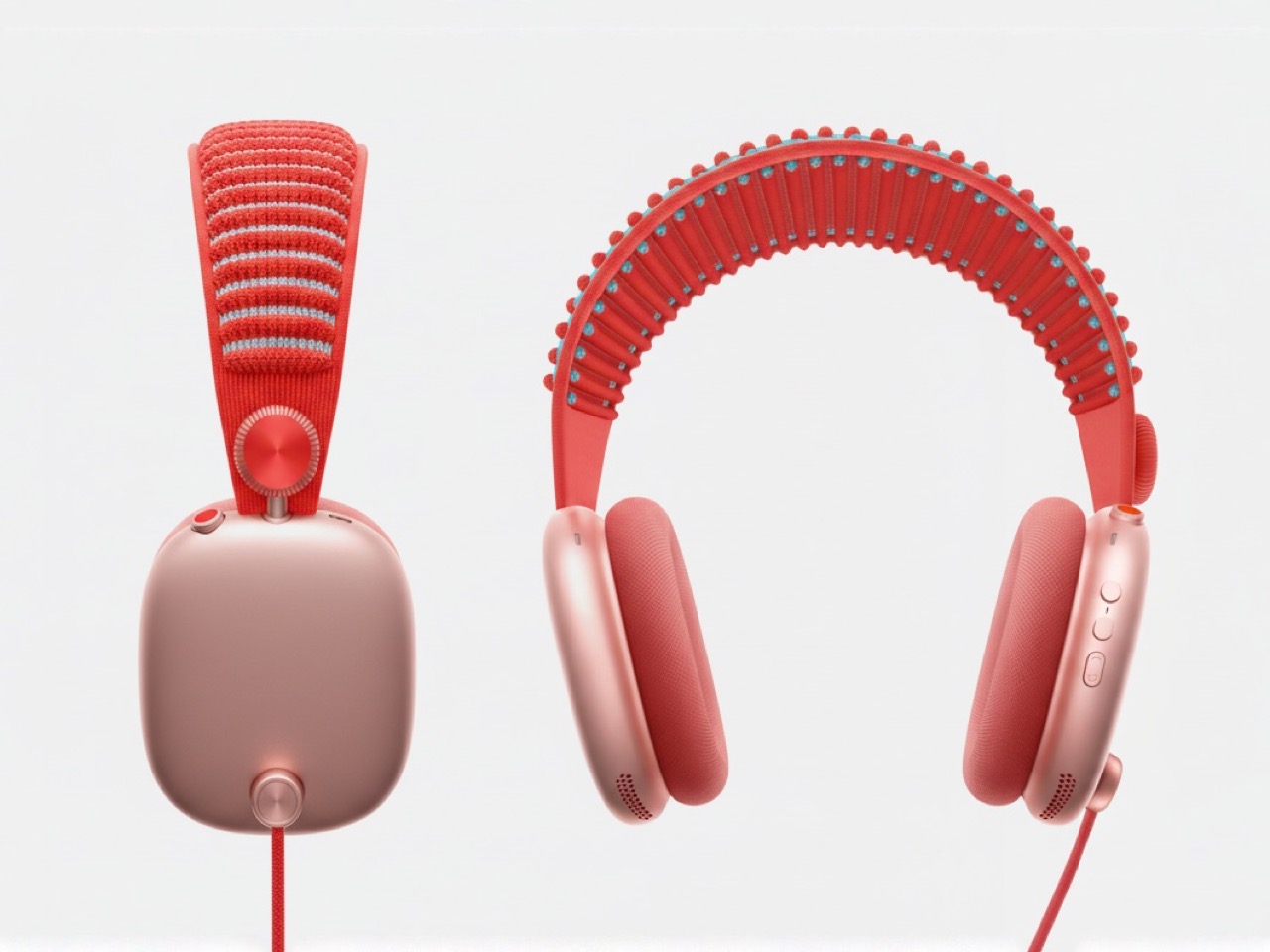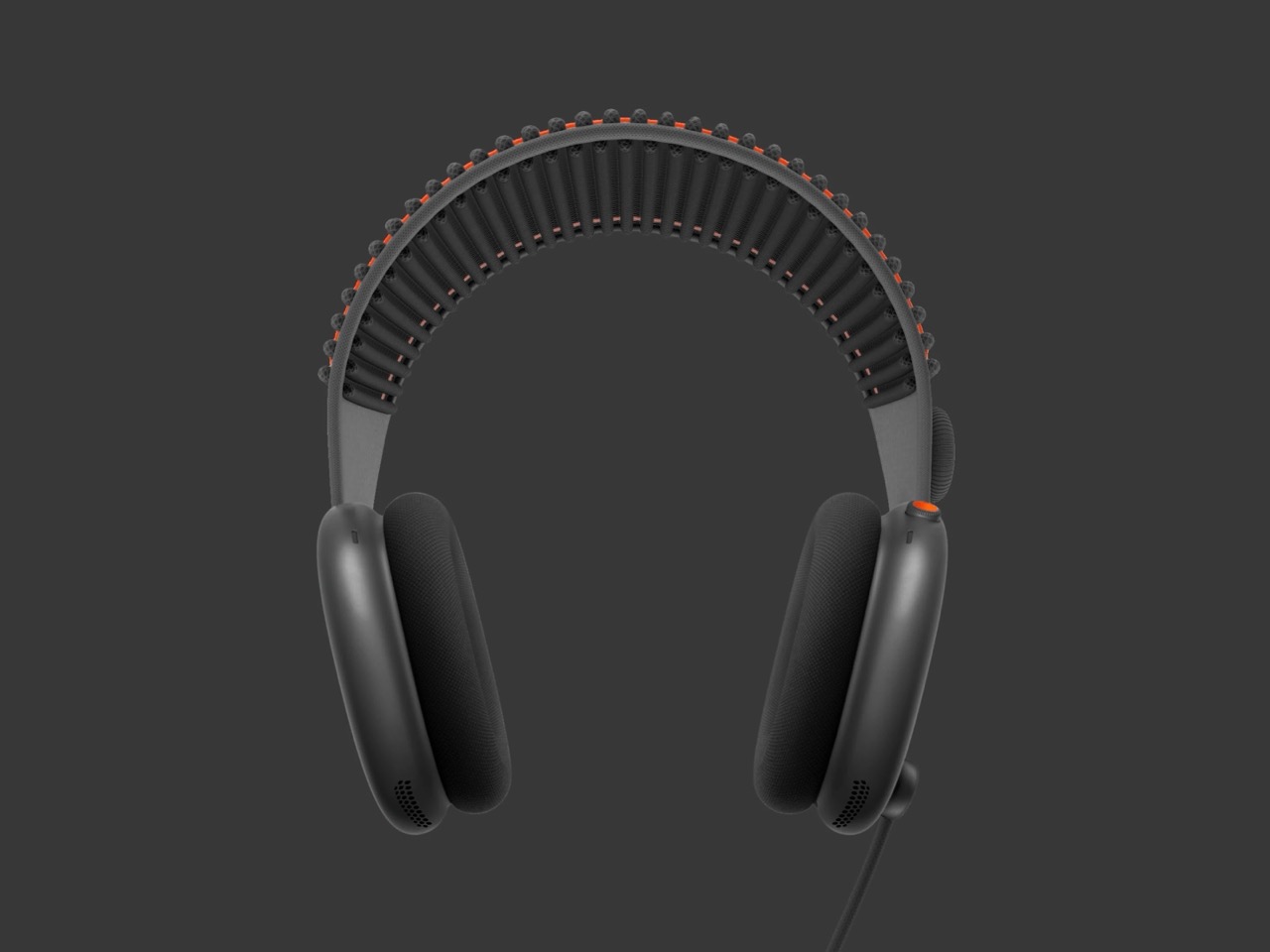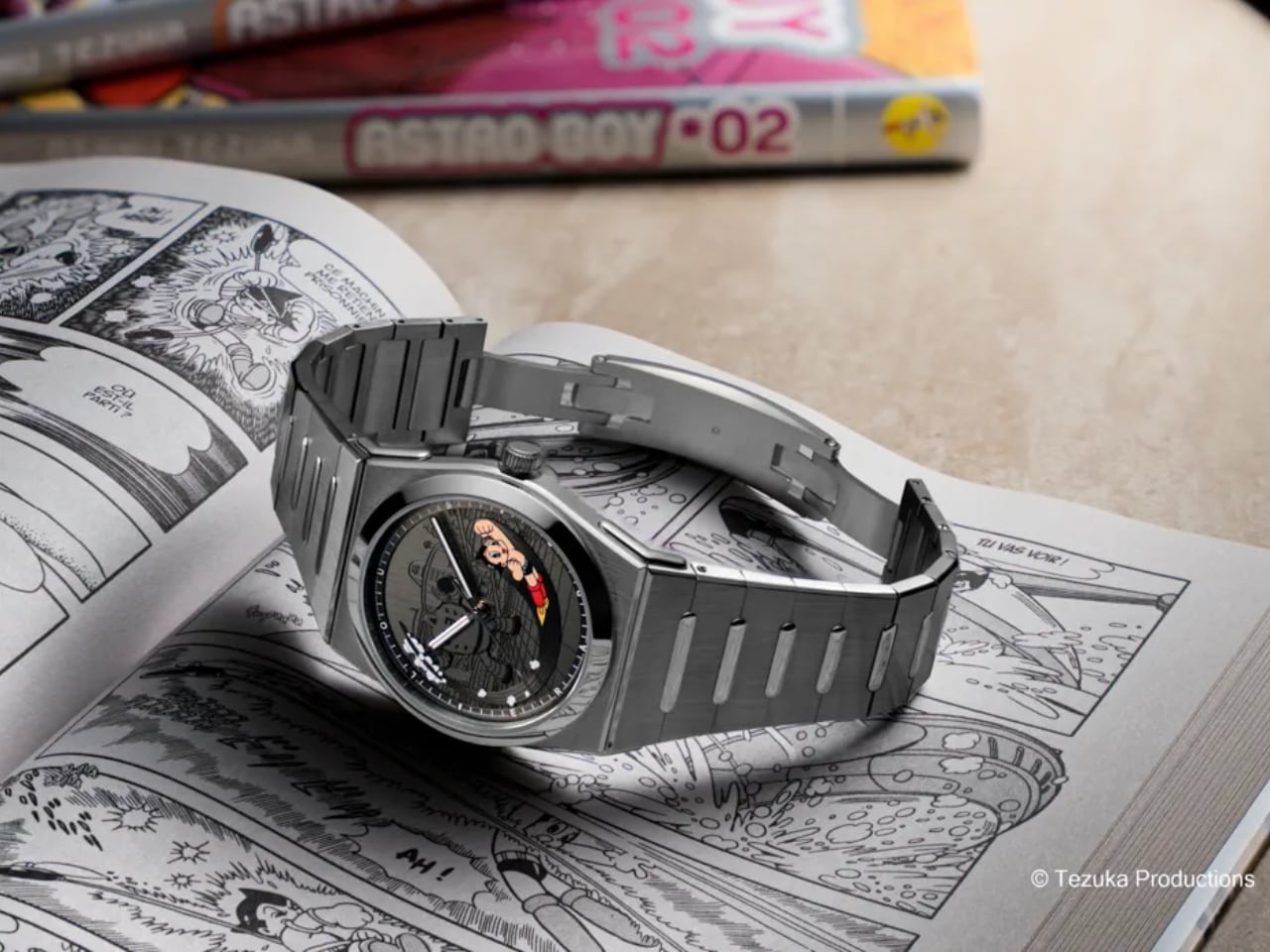
Manuel Emch still remembers rushing home from school to catch the latest Astro Boy episode. That childhood ritual, shared by millions across generations, now finds its way onto your wrist through Louis Erard’s latest collaboration with Tezuka Productions. This isn’t just another licensed character watch. It’s a thoughtful exploration of how nostalgia, craftsmanship, and cultural heritage can coexist on a 40mm canvas.
Designer: Louis Erard x Tezuka Productions
The Dial: Layered Storytelling in Metal and Color
The dial construction here deserves your attention. Louis Erard didn’t simply print Astro Boy’s image and call it done. Instead, the brand created a multi-layered stage where each element exists in three-dimensional space. The base dial carries Metro City’s vertical satin-brushed finish, stamped with the iconic urban backdrop that defined Osamu Tezuka’s futuristic vision. Those parallel lines create texture and depth while staying subtle enough that Astro Boy and the villain read clearly. The stamped buildings and urban elements provide context without becoming busy. This textured foundation provides depth before you even notice the characters.
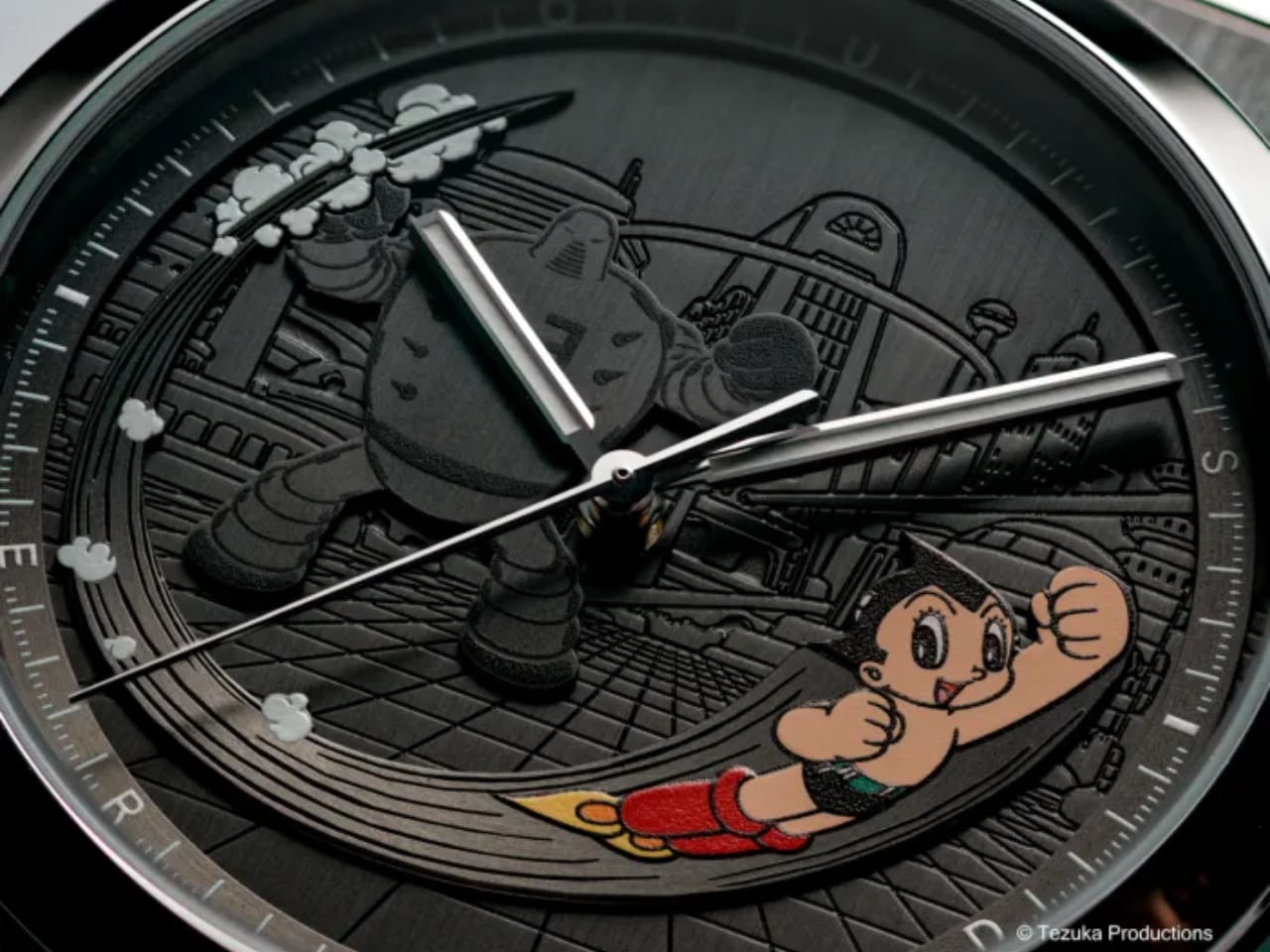
Astro Boy himself appears as a fully applied element, not a flat print. He bursts from the six o’clock position in full color, captured mid-flight with his signature red boots and determined expression. Behind him, a monochrome robot villain looms in black, creating visual tension between hero and threat. The satin-brushed finish on these applied elements creates distinct shadow lines that change with wrist angle. This isn’t decorative layering for its own sake. Louis Erard built genuine depth into the dial architecture, with the Metro City backdrop recessed, the robot villain raised slightly, and Astro Boy’s appliqué sitting highest. The hands float above all of it without visual interference.
The artwork comes from Tezuka Productions’ archives, based on early illustrations by the manga master himself. A raised circular rehaut frames the scene, printed with a white minutes track and filled with Super-LumiNova C1 for blue nighttime glow.
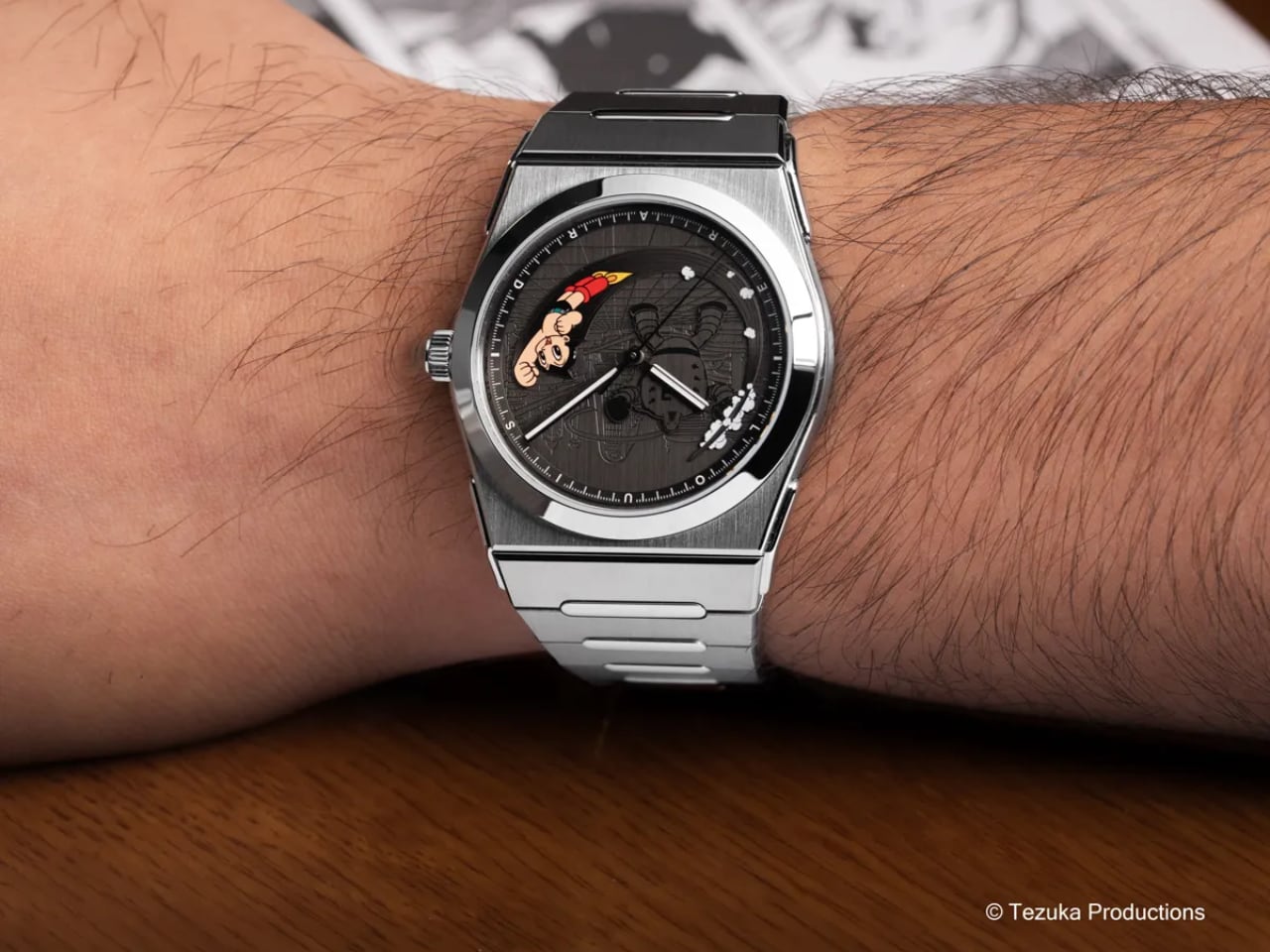
What makes this dial work is restraint. There are no indexes cluttering the composition. No date window interrupting the narrative. The rhodium-plated hands with diamond-cut edges float above the scene without competing for attention. With Super-LumiNova C1 on just the hands and minutes track, the watch remains legible at night while Astro Boy stays visible in color against the dark dial. If they’d added lume plots or traditional indexes, this balance would collapse into visual noise. The blue glow complements rather than competes with the manga artwork. Louis Erard understood that when your dial tells a story, everything else should step back and let it speak.
The Case: 2340 Architecture Meets Hybrid Materials
The 2340 case represents Louis Erard’s first integrated bracelet design, and it brings legitimate technical interest to the table. The case body uses brushed titanium, keeping weight down to levels that disappear on your wrist. The crown, bezel, and lugs switch to polished steel, creating contrast without the flashy two-tone look that dominated the 1980s.

At 40mm in diameter and 8.95mm thick, the proportions work for most wrists without making compromises. The case shape follows the integrated bracelet design language that’s dominated sports watch design since the Royal Oak rewrote the rules. Louis Erard’s interpretation doesn’t reinvent this formula, but the execution is clean. The transitions from case to bracelet flow smoothly, and the finishing quality on the alternating brushed and polished surfaces shows attention to detail.
The sapphire crystal carries anti-reflective treatment on both sides, which matters more than most people realize. When your dial features this much visual information, glare becomes your enemy. Louis Erard addressed this properly. The caseback features a custom Astro Boy engraving showing him in his classic flying pose with the Louis Erard collaboration text. The engraving quality shows crisp detail with good depth, a nice touch for collectors even if you won’t see it during normal wear.
Water resistance sits at 5 bar (50 meters), which translates to splash resistance in practical terms. This isn’t a dive watch, and the hybrid titanium-steel construction makes that clear. It’s designed for daily wear with careful handling near water.
The Bracelet: Three Years of Development Shows
Louis Erard spent three years developing this integrated bracelet, and that investment shows in the details. The links combine brushed titanium and polished steel in a pattern that mirrors the case treatment. The 2340 case handles the integrated bracelet challenge by echoing the case angles without copying Genta’s Royal Oak geometry. The alternating brushed and polished surfaces on both titanium and steel create visual rhythm down the bracelet, and the link width taper from 28mm at the case to 20mm at the clasp looks proportional rather than forced.

Each link tapers from 28mm at the case to 20mm at the clasp, following the gradual taper that helps a watch hug your wrist naturally. The butterfly folding clasp uses a spring-blade mechanism rather than traditional push-button deployment. This approach provides smoother operation and reduces the number of moving parts that could wear over time. Torx screws handle the bracelet attachment points, signaling serious intent about secure attachment over easy adjustment. You’ll need the proper tool for sizing, but you also get more secure connections than traditional spring bars.
The bracelet length measures 220mm total, accommodating most wrist sizes with proper link removal. The titanium construction keeps overall weight down despite the integrated design’s typically chunky appearance. When you pick up the watch, the lightness surprises you given the visual mass.
What This Collaboration Actually Means
Louis Erard positions this release as more than a one-off character watch. Manuel Emch frames it as the first step in a long-term creative direction, working with cultural references that shaped his generation. The 2340 case becomes a canvas for these collaborations, with Astro Boy leading a planned series that will include video games and other cult icons from collective memory.
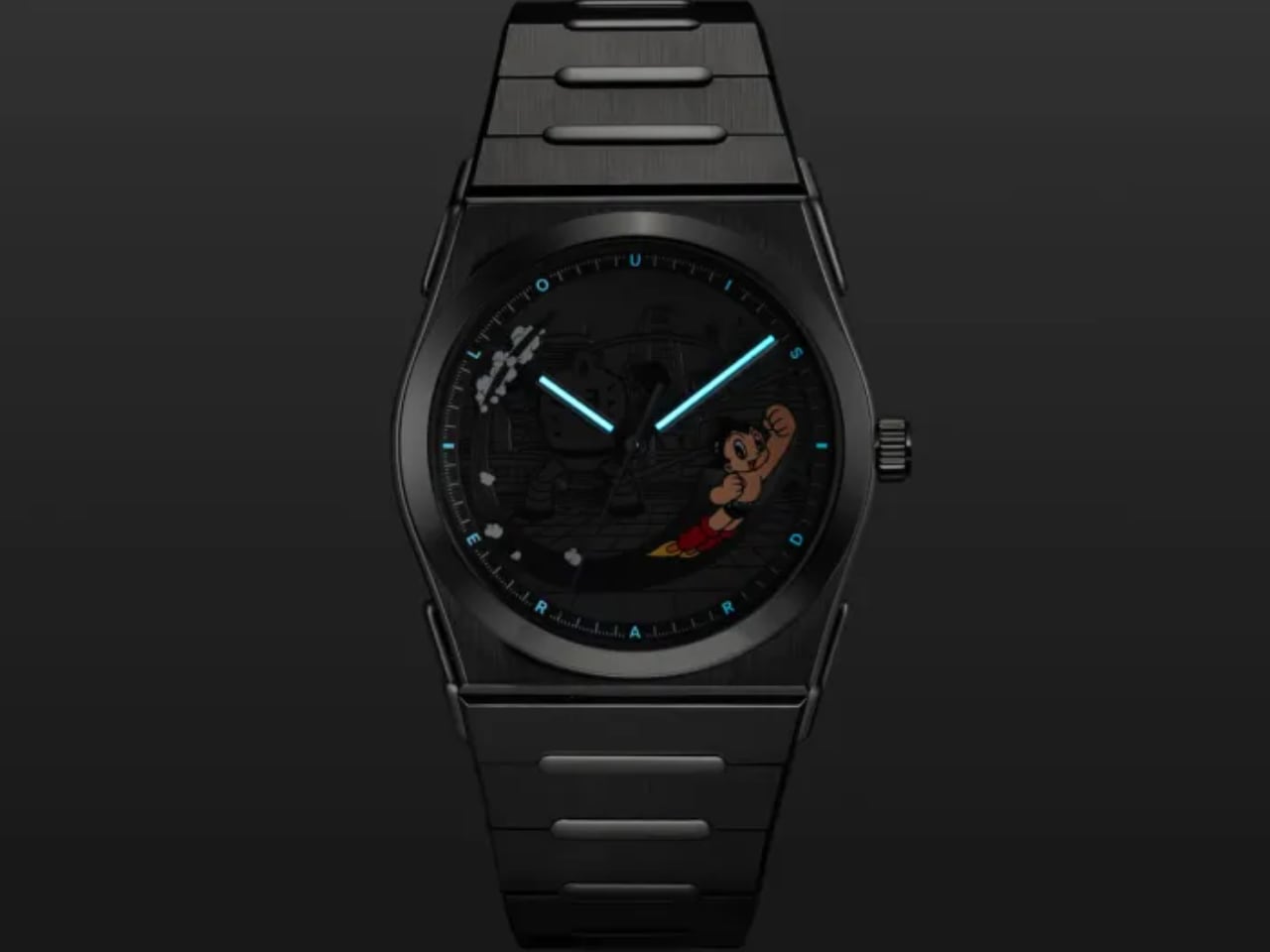
The limited production of 178 pieces ties to Astro Boy’s atomic power level in the original manga (100,000 horsepower, which somehow equals 178 pieces in collaboration logic). At CHF 3,990 before taxes, the pricing sits below the CHF 4,000 threshold while delivering legitimate watchmaking through the Sellita SW300-1 élaboré grade movement. That automatic caliber provides 56 hours of power reserve and runs at 28,800 vibrations per hour, which translates to reliable daily performance.
The Design Verdict
This collaboration succeeds because it respects both the source material and the craft of watchmaking. Louis Erard understood that dial storytelling requires hierarchy, contrast, and negative space. They resisted the temptation to fill every millimeter with manga references, keeping the composition focused on Astro Boy’s dynamic pose against a thoughtfully detailed backdrop. Tezuka Productions provided original artwork rather than generic licensing assets. Louis Erard invested in three-dimensional dial construction rather than taking the easier print-and-forget route. The 2340 case architecture provides a solid foundation that could support future collaborations without feeling like a gimmick.
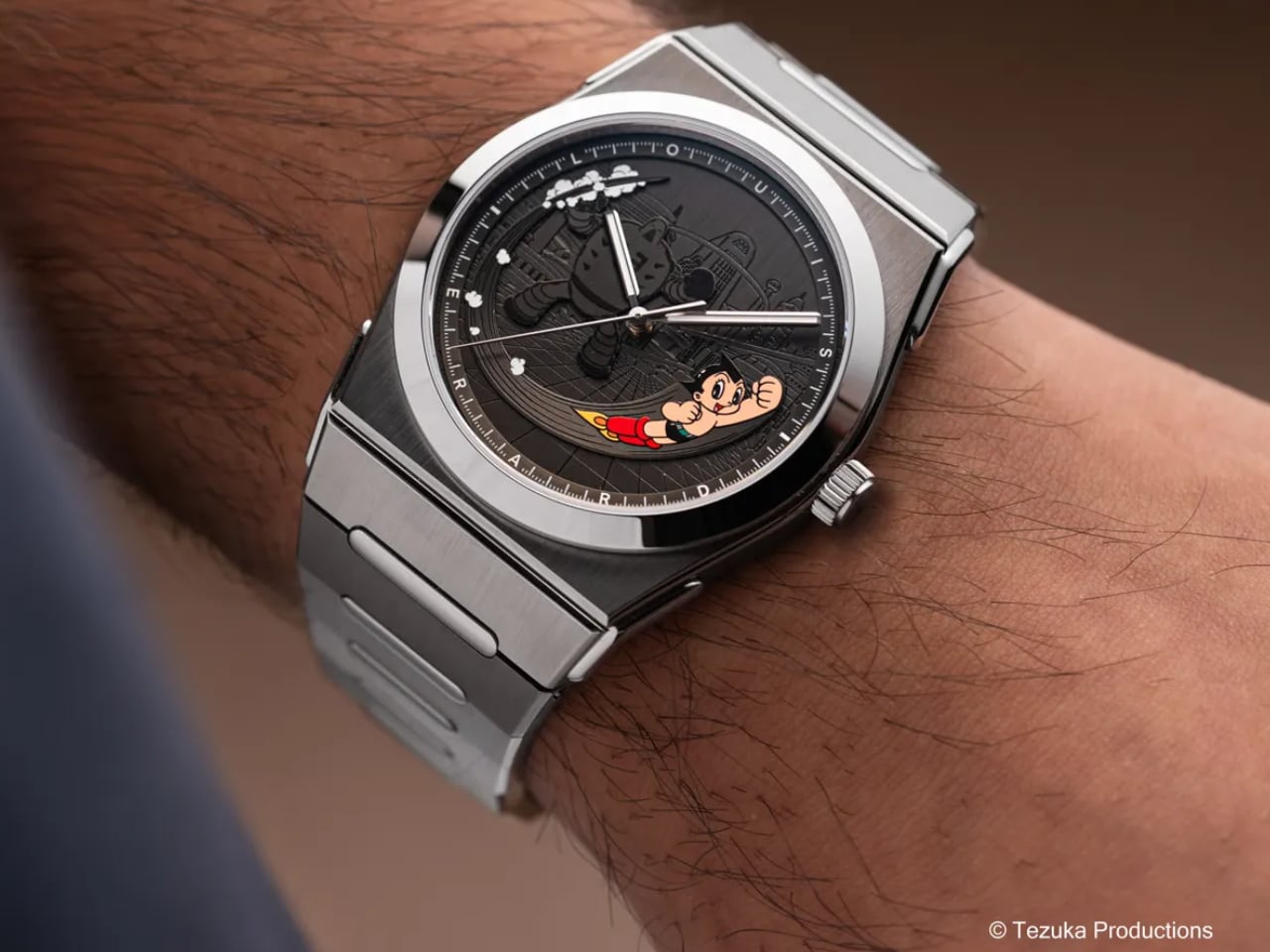
The watch will connect most strongly with the generation that grew up watching Astro Boy, the same people who now have the disposable income to spend four thousand Swiss francs on nostalgia. But even without that emotional connection, the technical execution and finishing quality deliver enough substance to justify the price. The dial craftsmanship alone demonstrates why Swiss watchmaking maintains its reputation, even in an entry-level collaboration piece.
Louis Erard x Astro Boy Ref. 35123TA23.BMT12 arrives as a 178-piece limited edition at CHF 3,990. It launches with the 2340 integrated case in brushed titanium and polished steel, housing a Sellita SW300-1 automatic movement. The applied dial elements create three-dimensional storytelling depth, while the three-year-developed bracelet proves that even character collaborations can demonstrate legitimate horological craft.
The post Louis Erard Brings Astro Boy to Swiss Watchmaking first appeared on Yanko Design.
